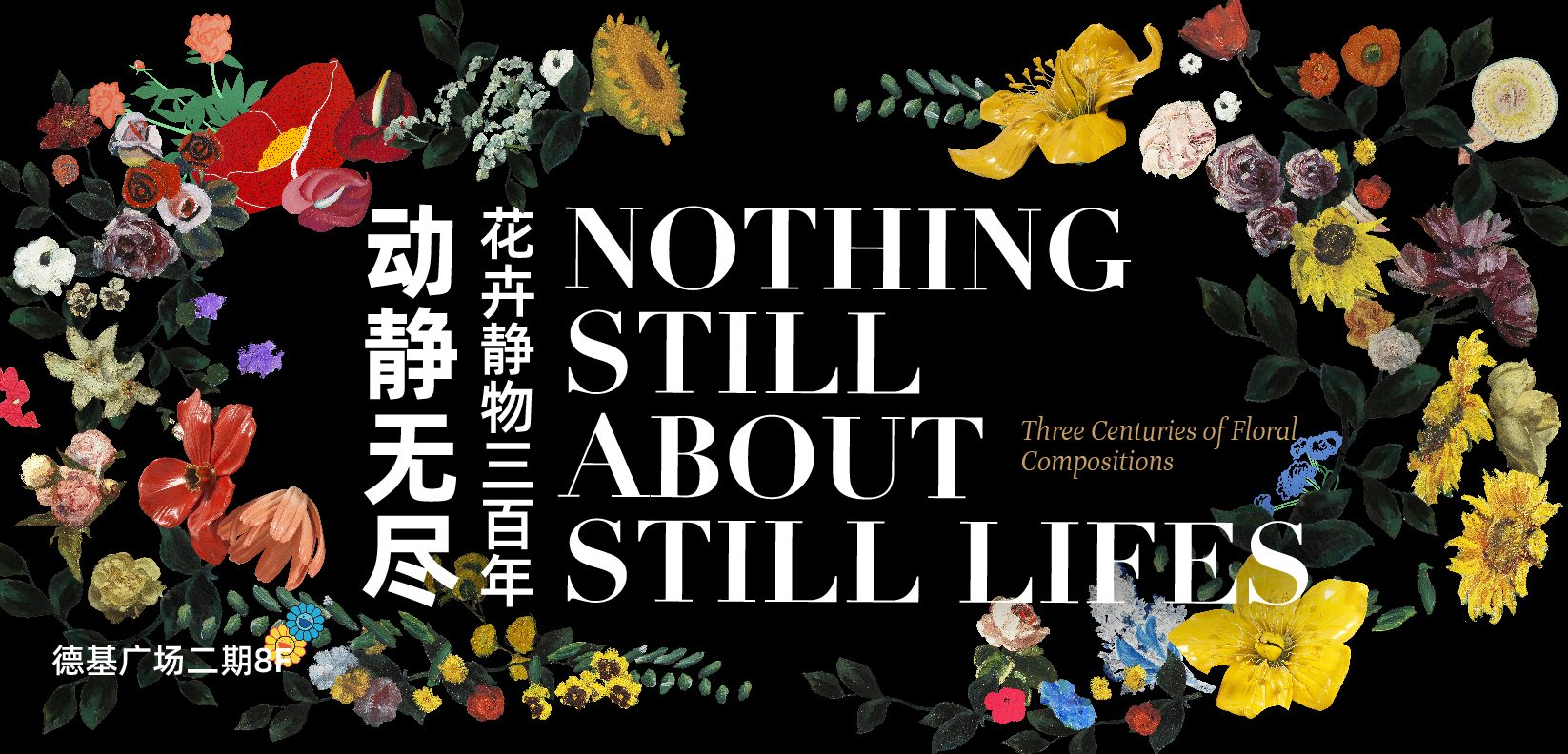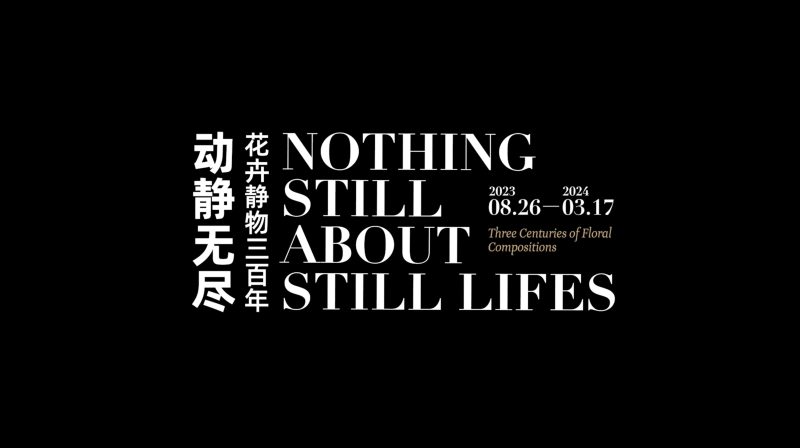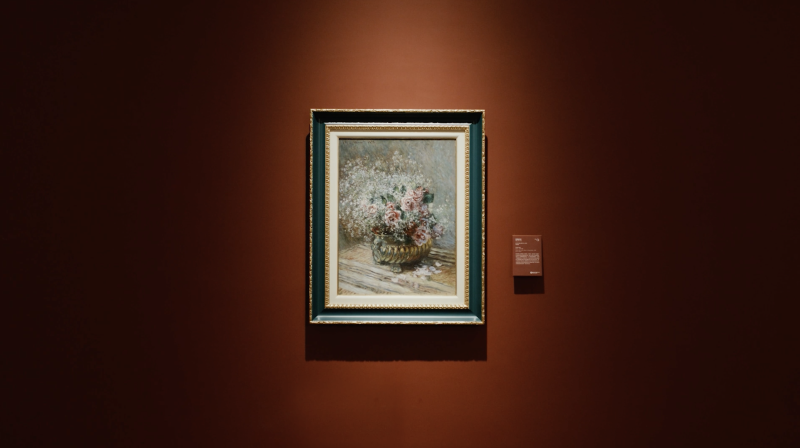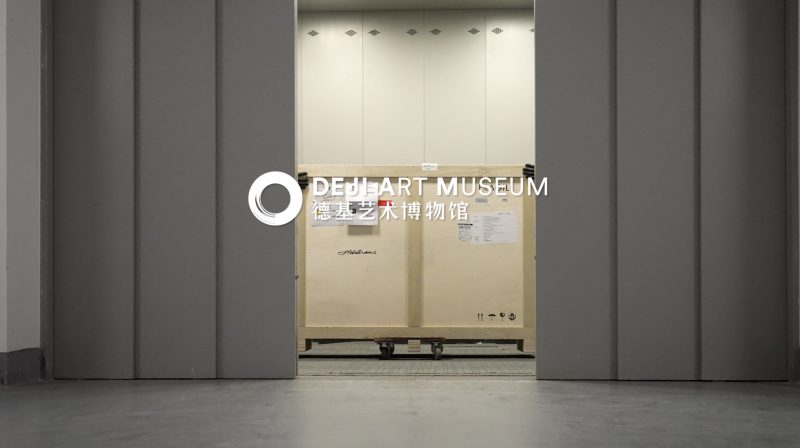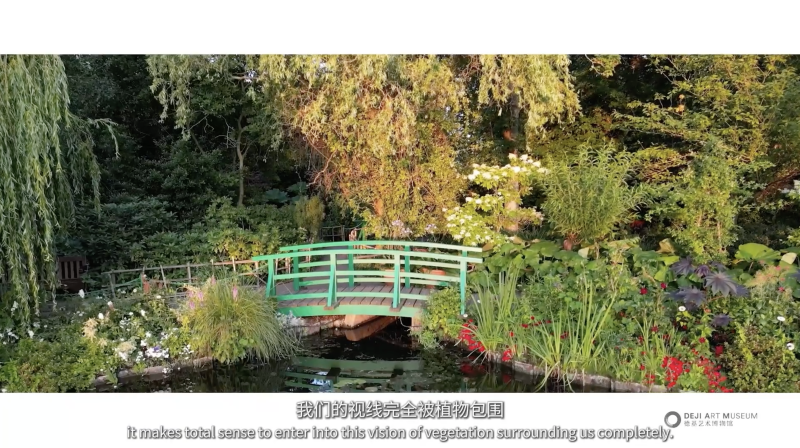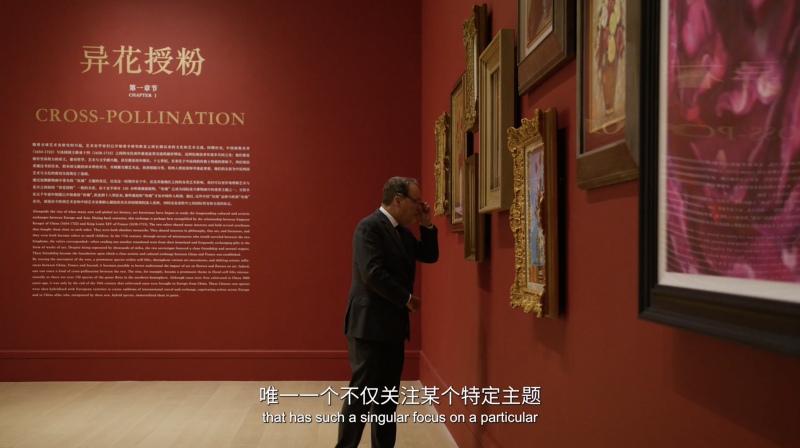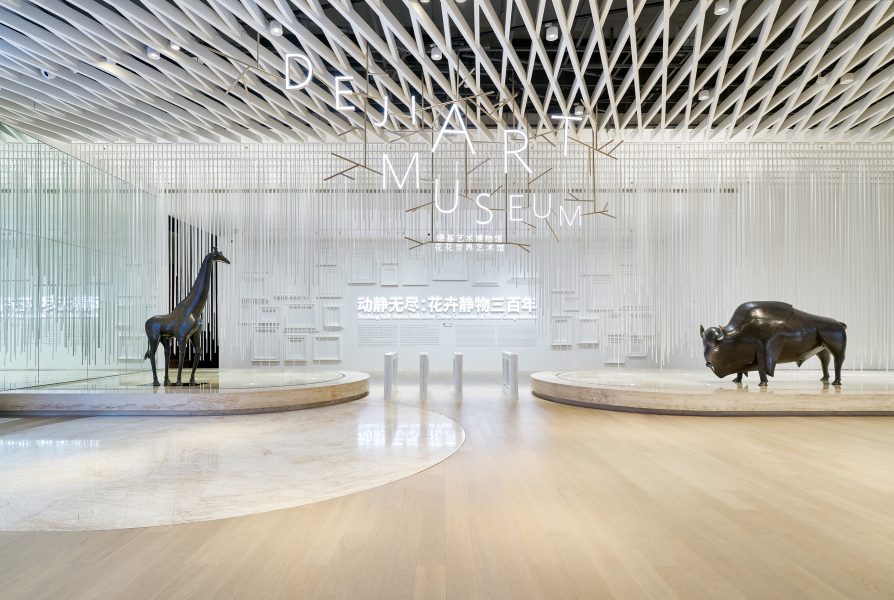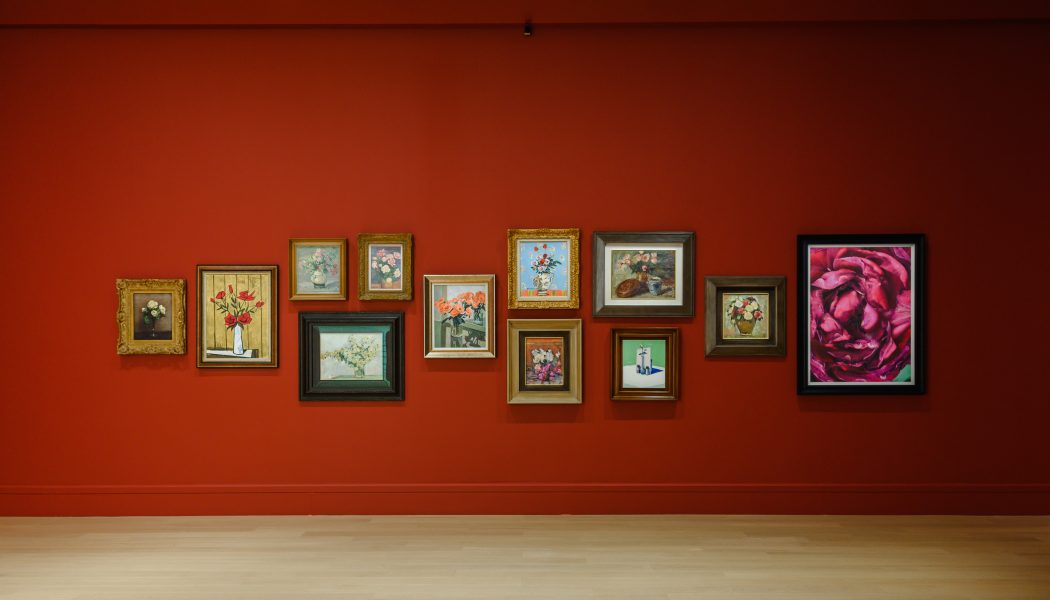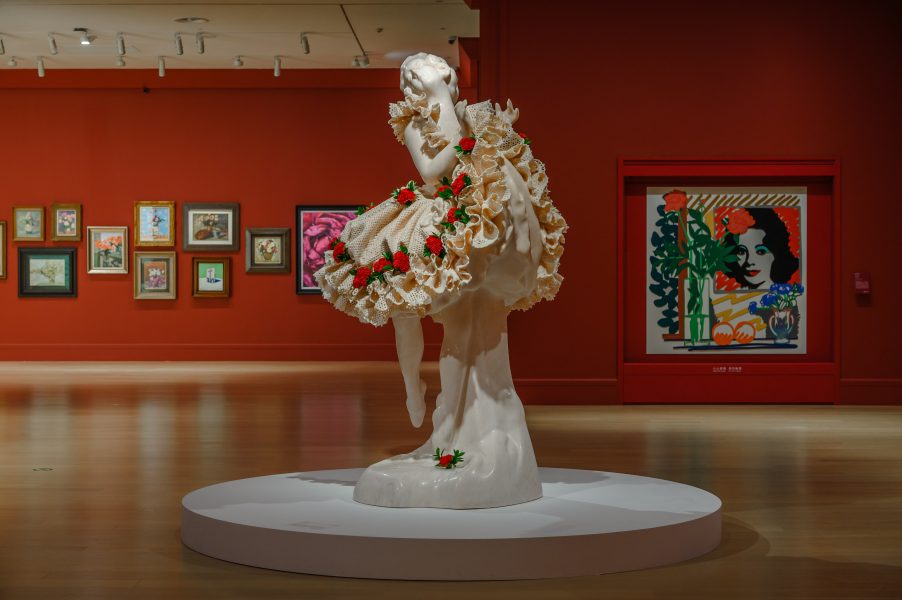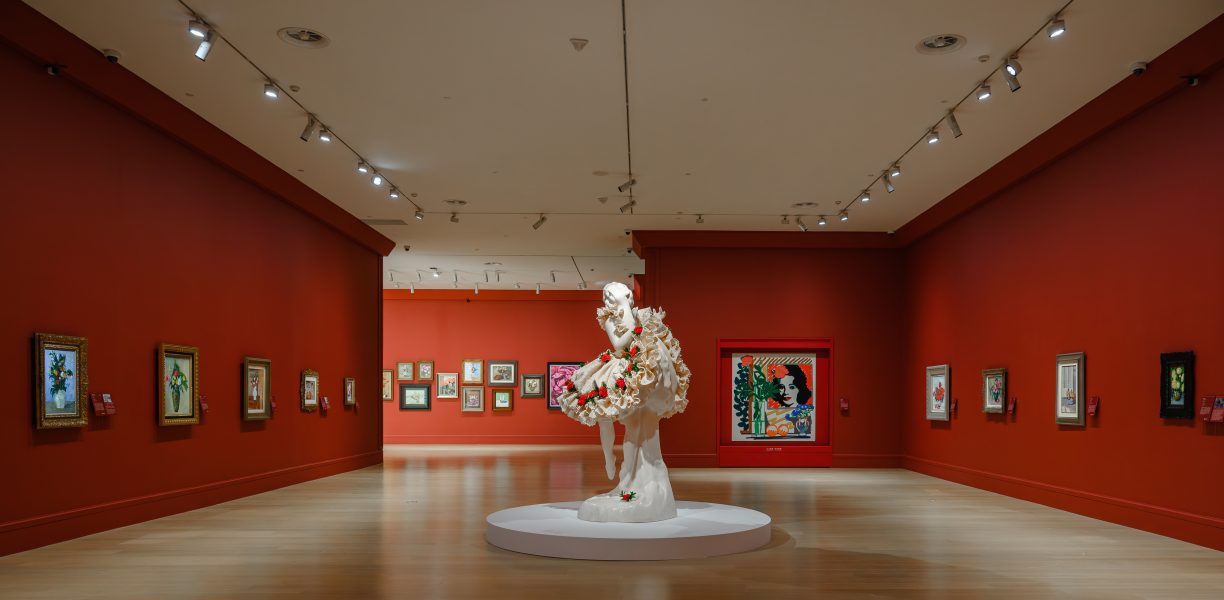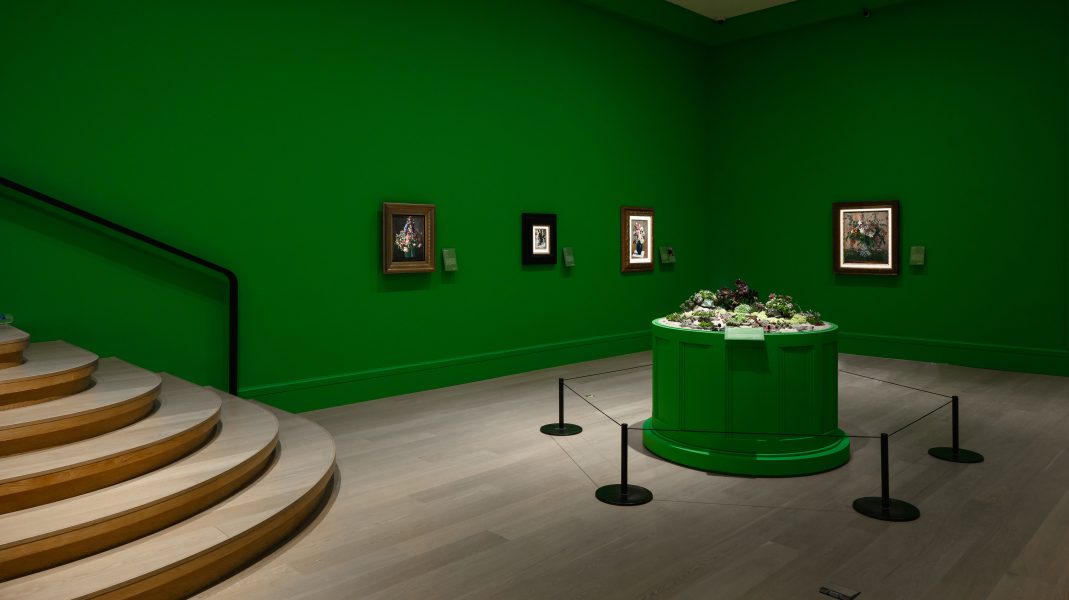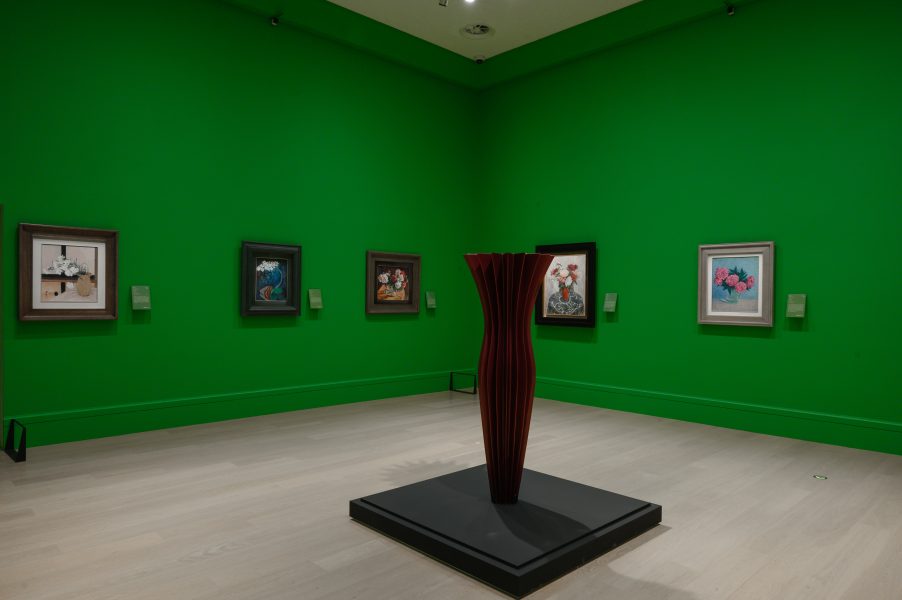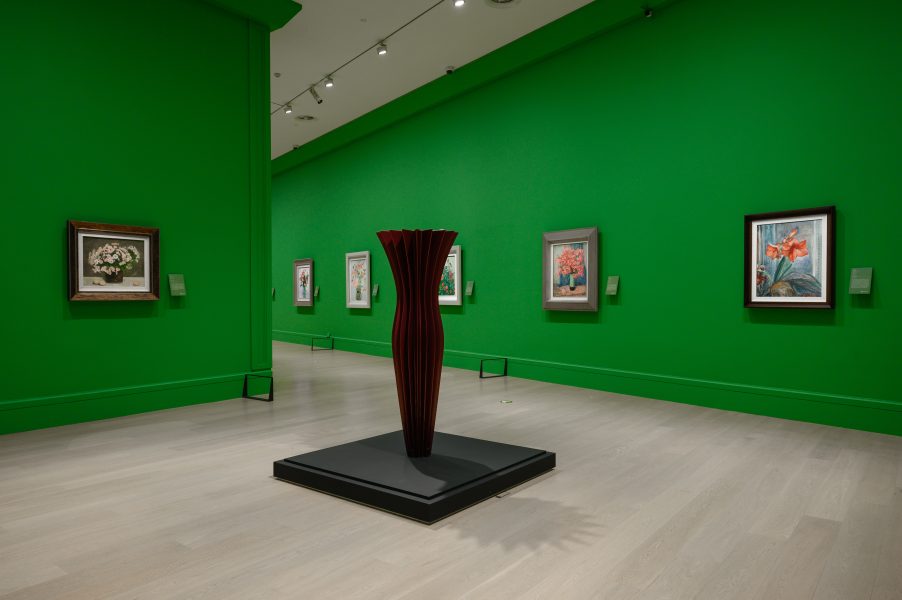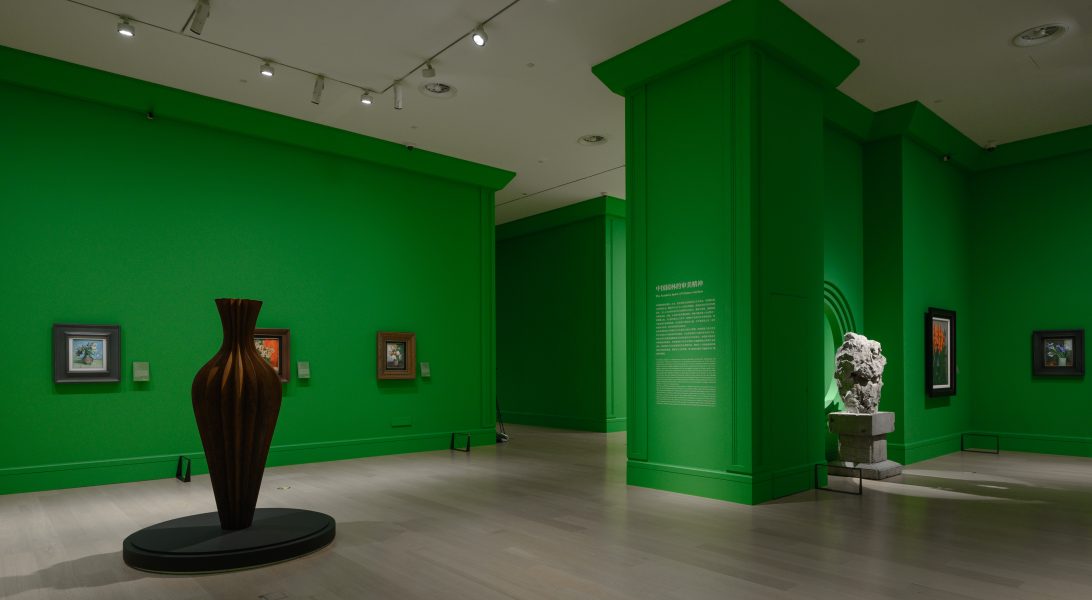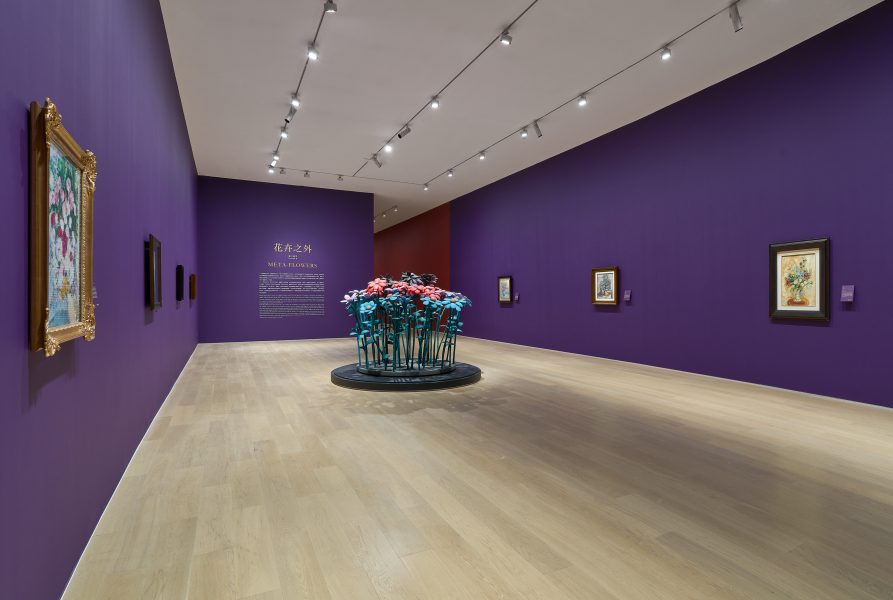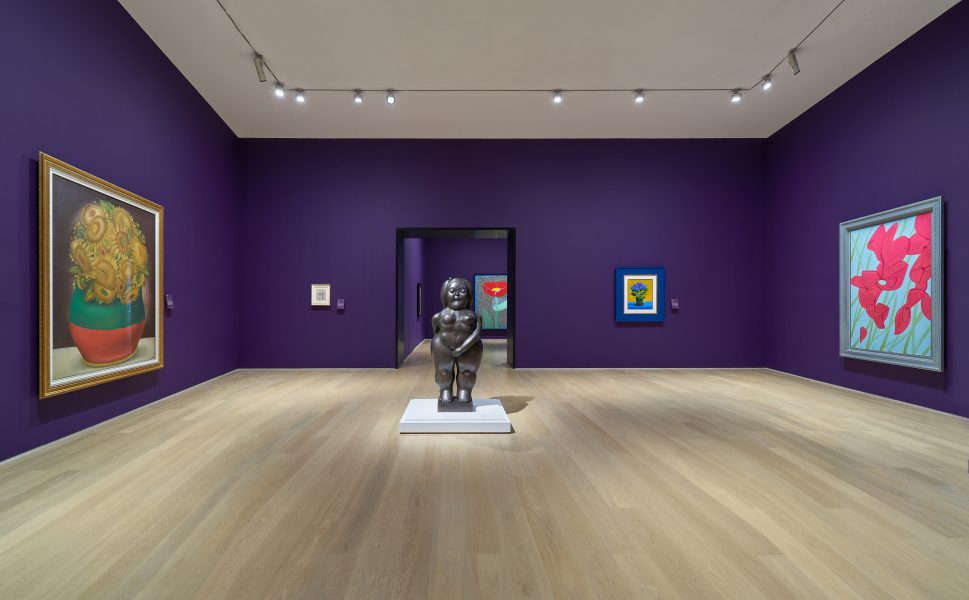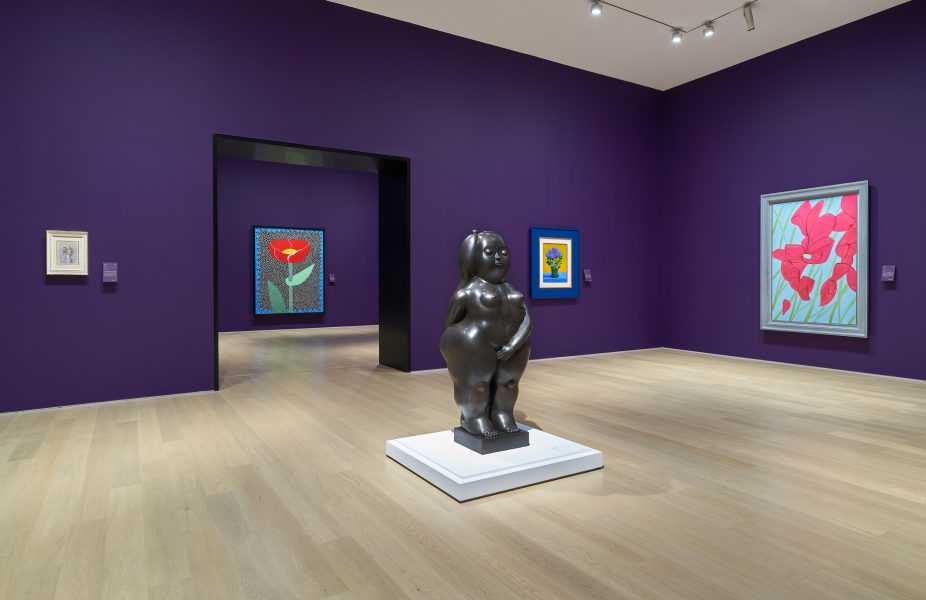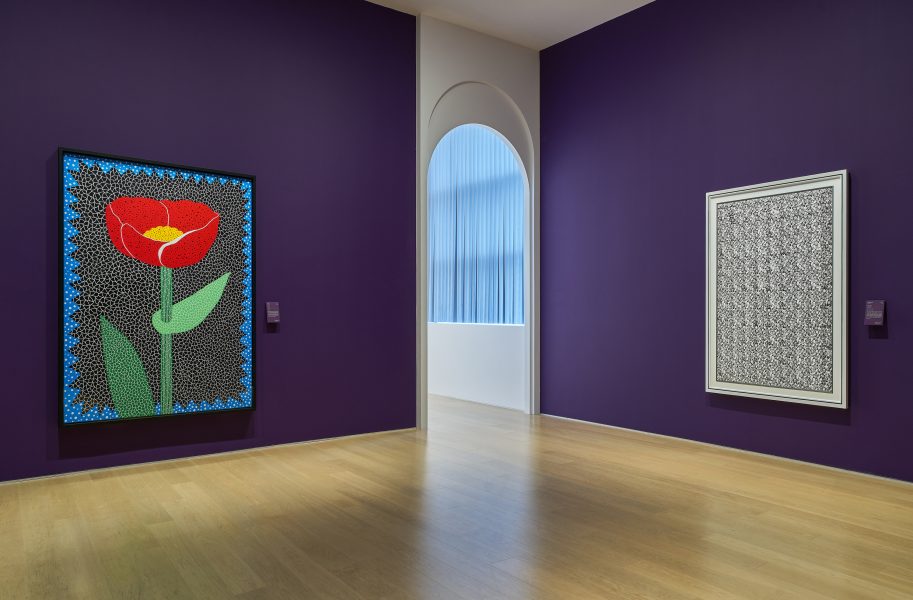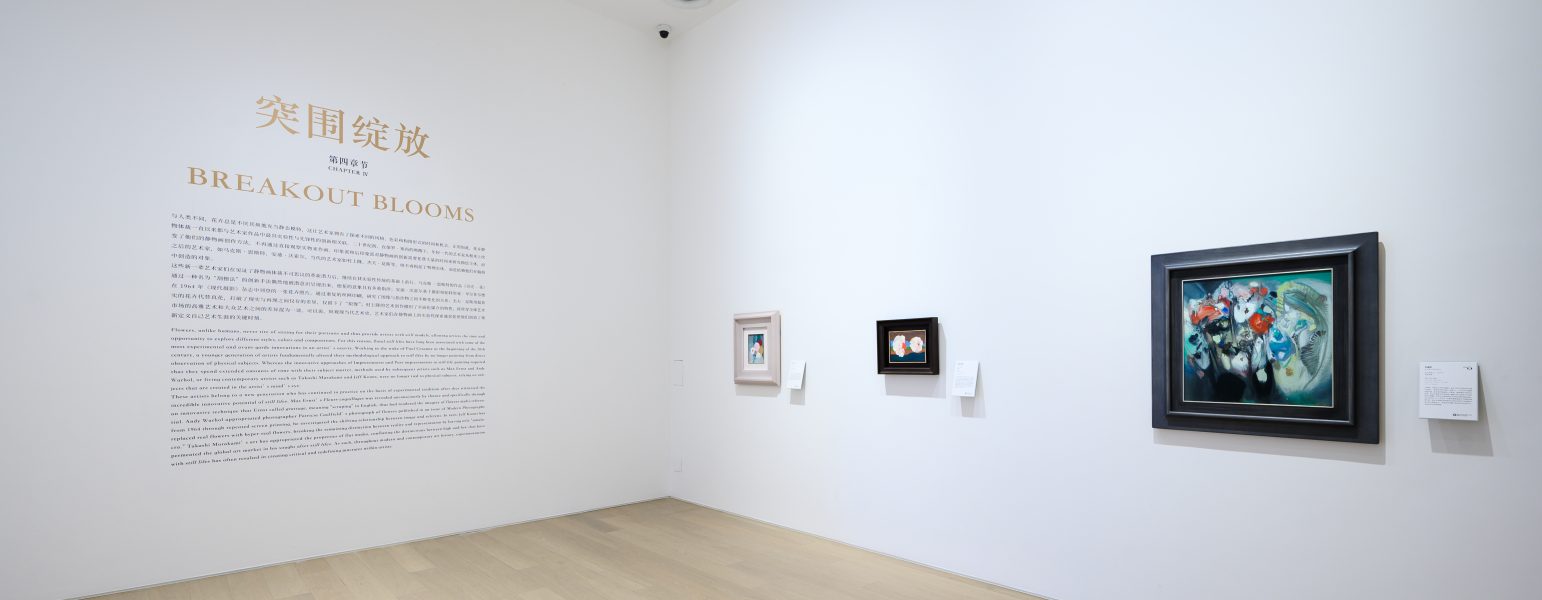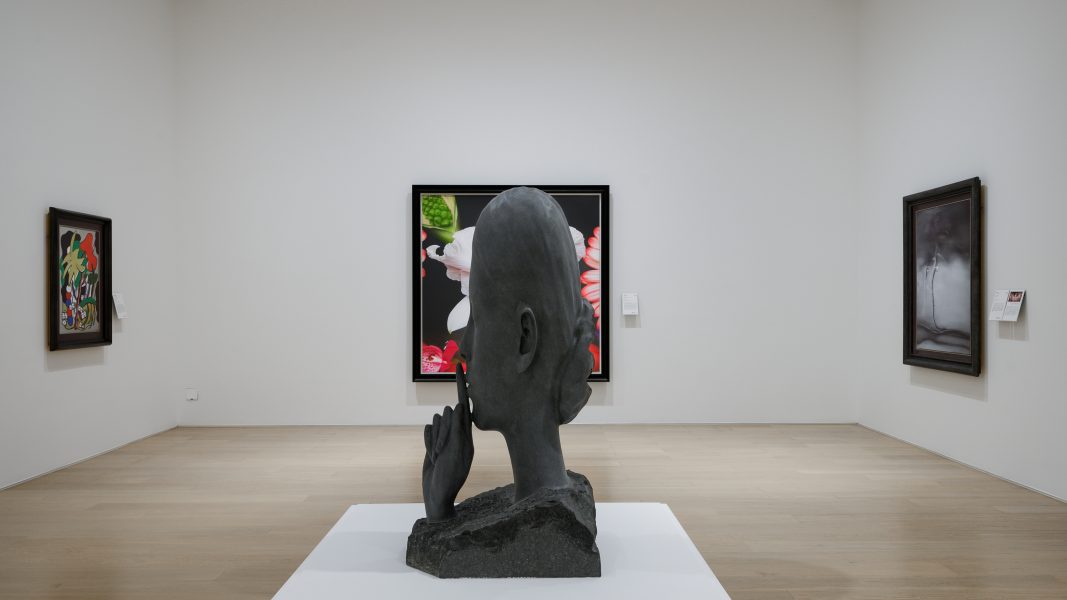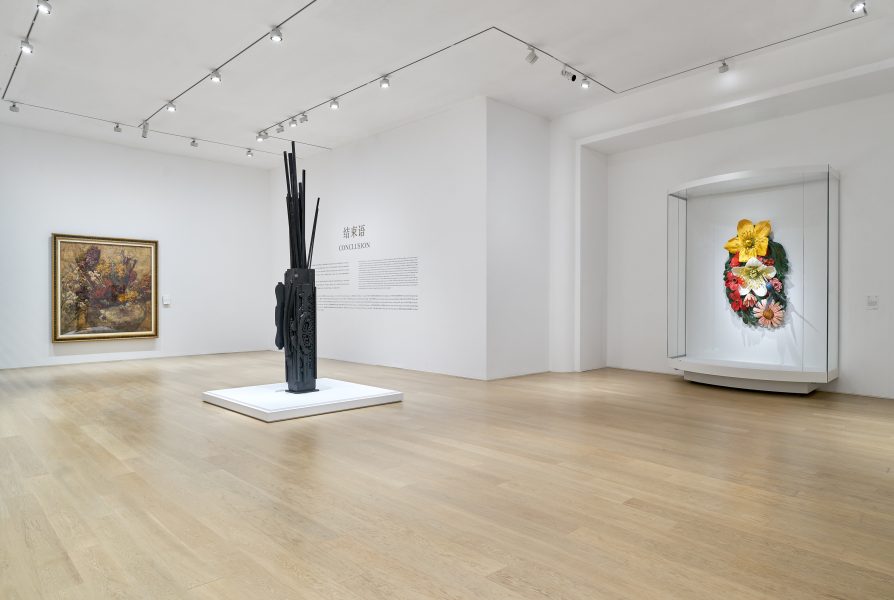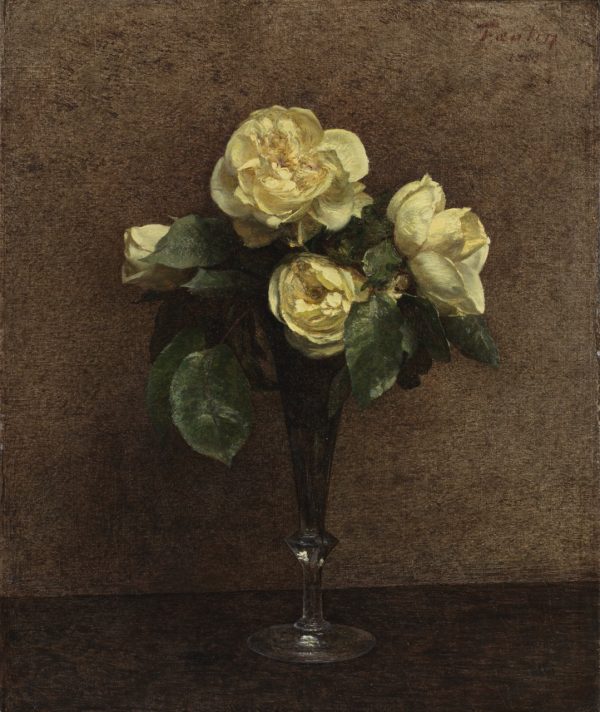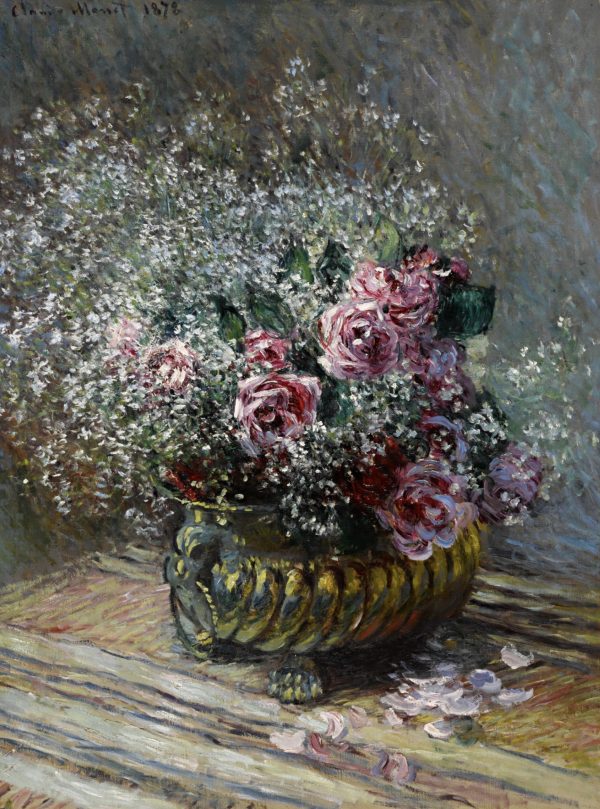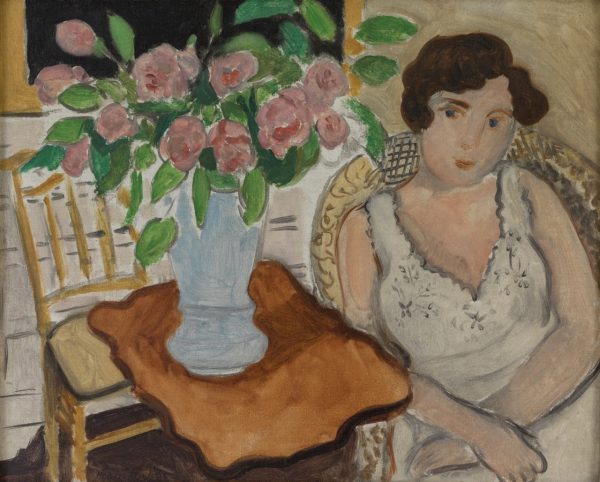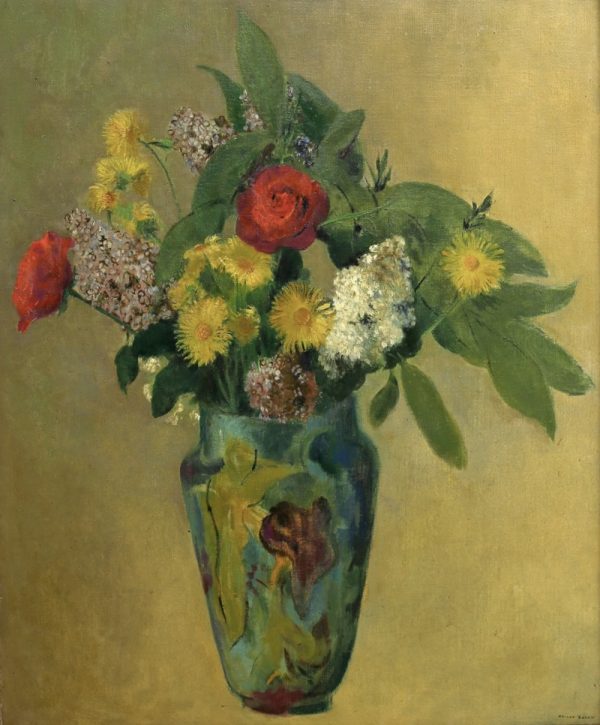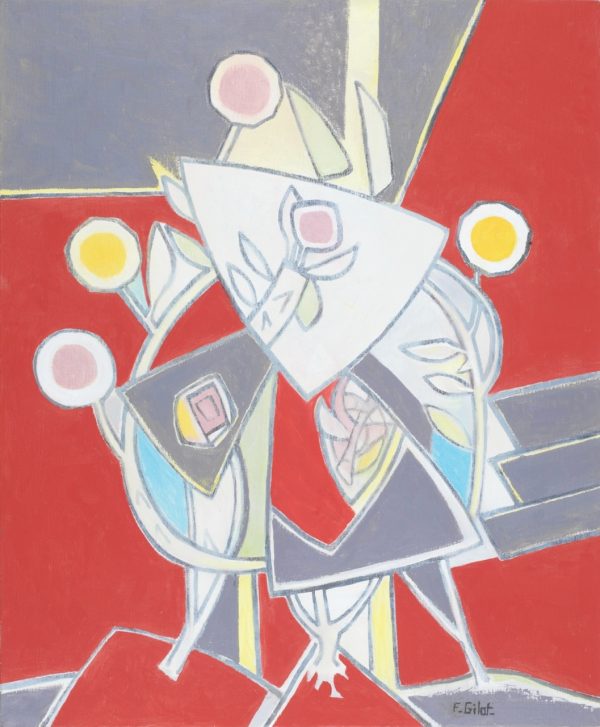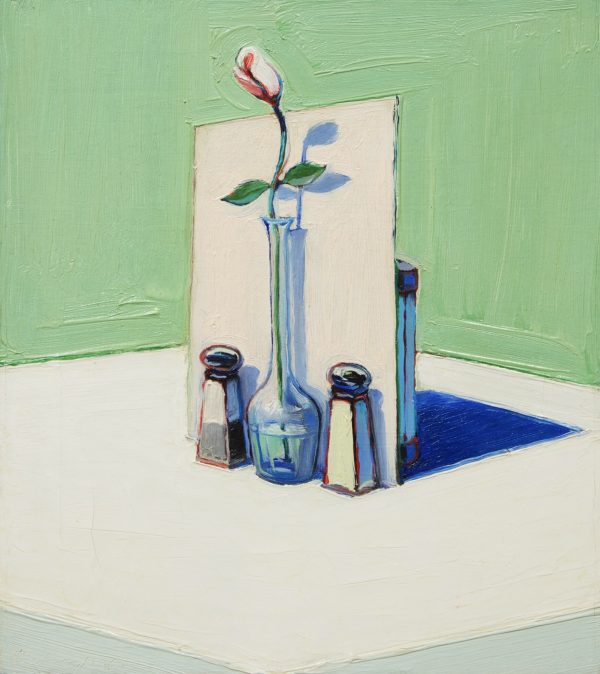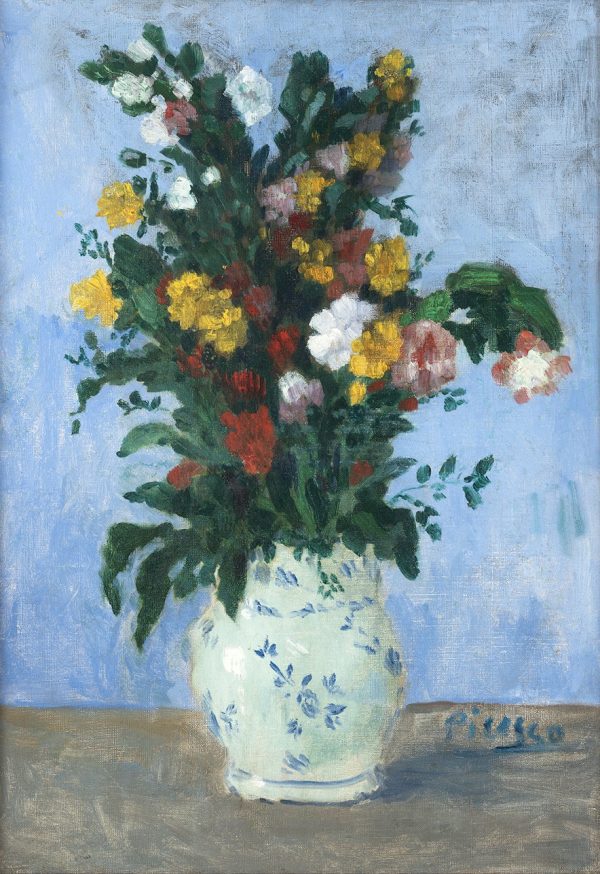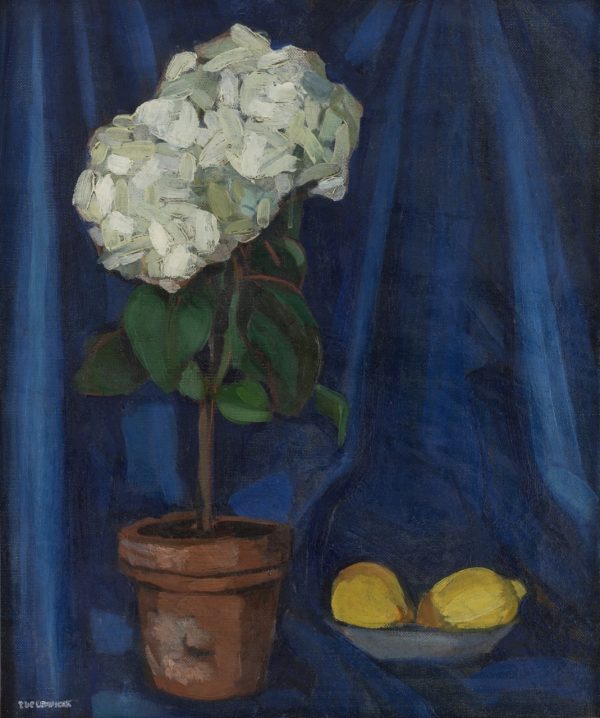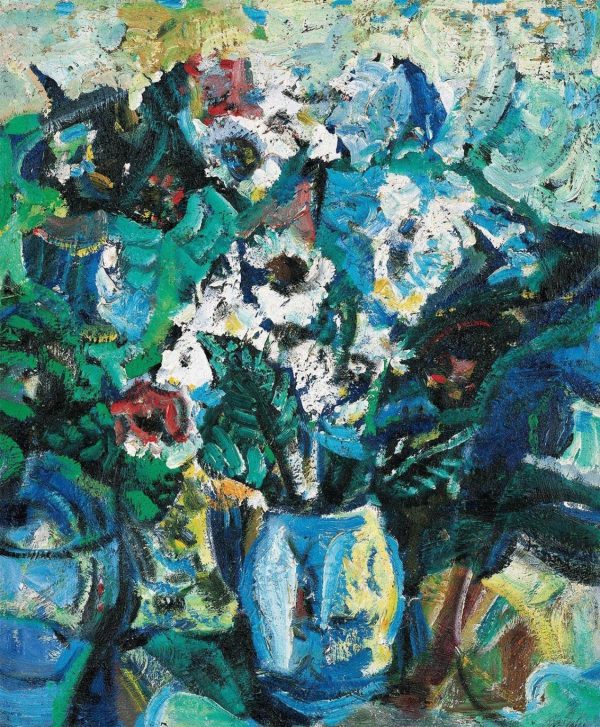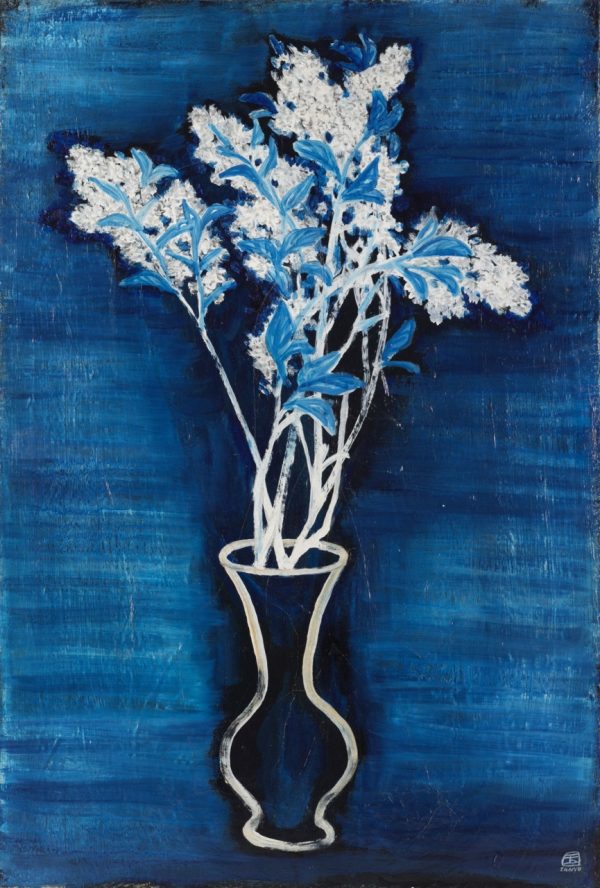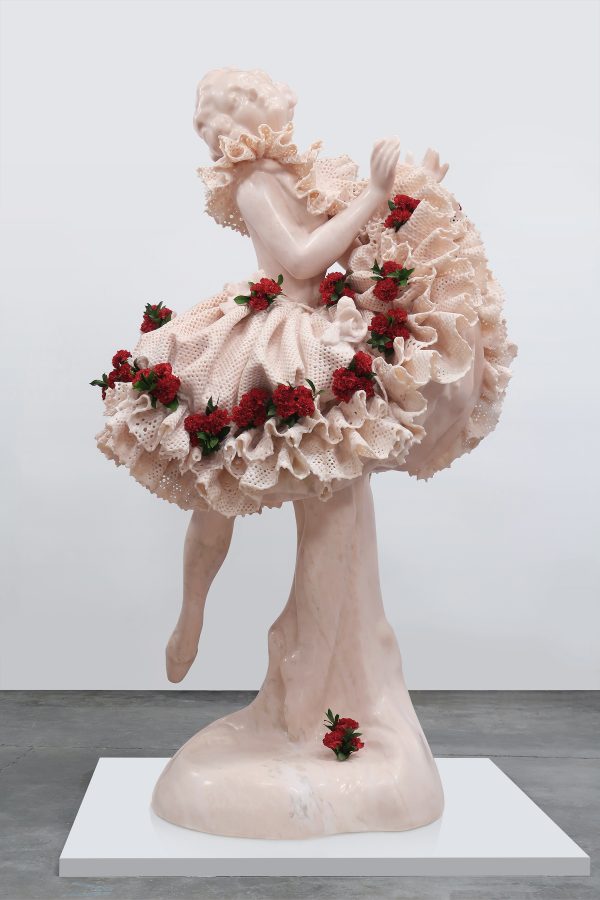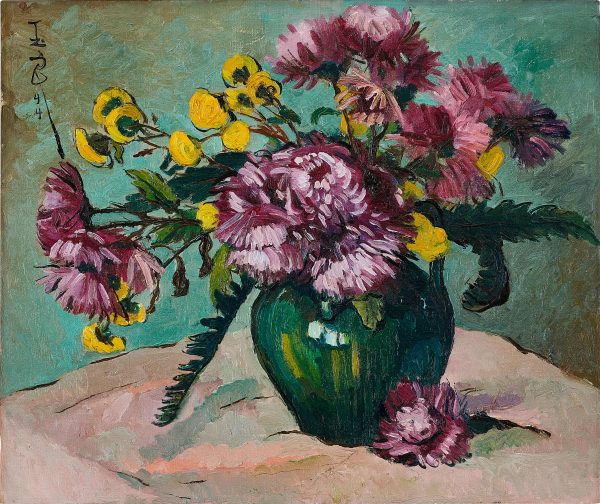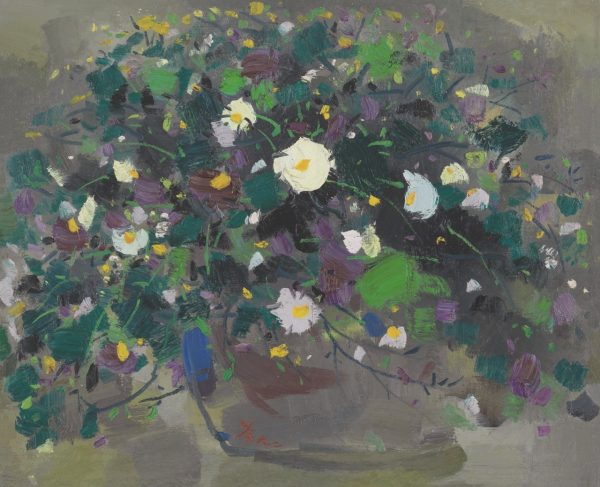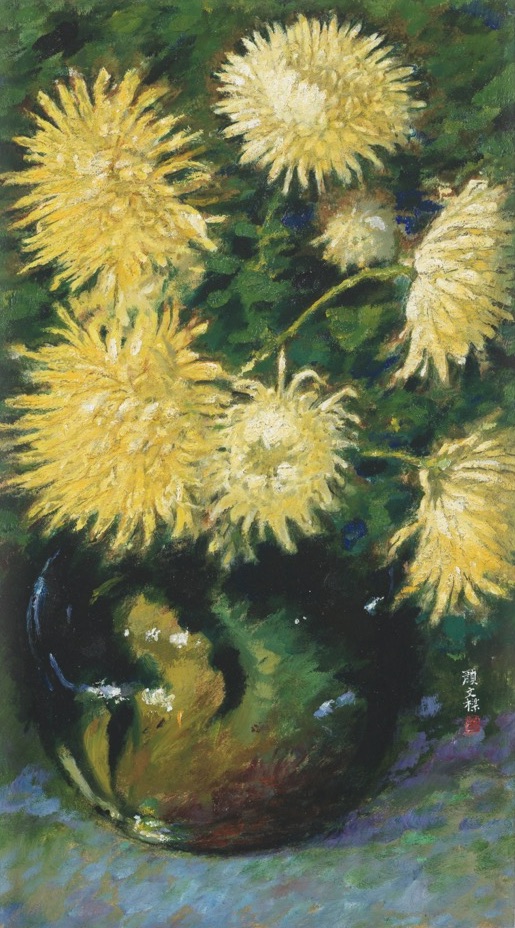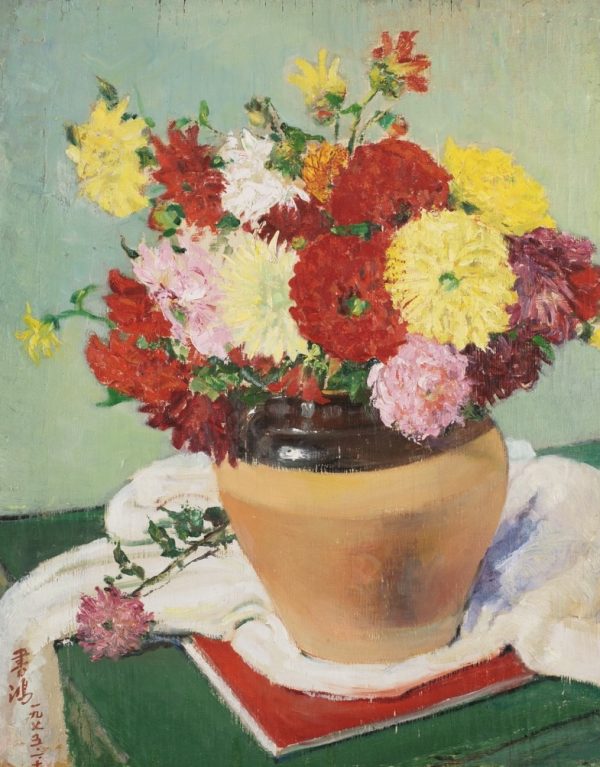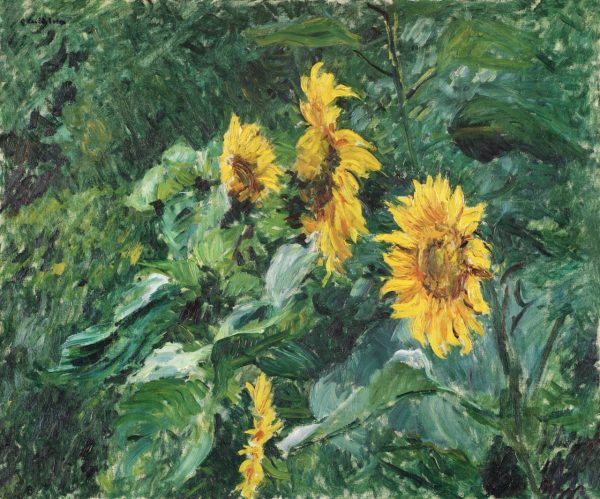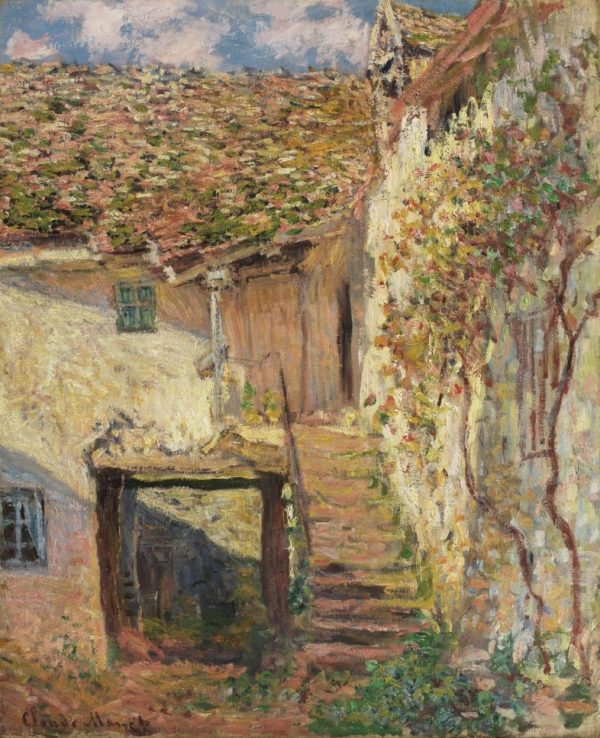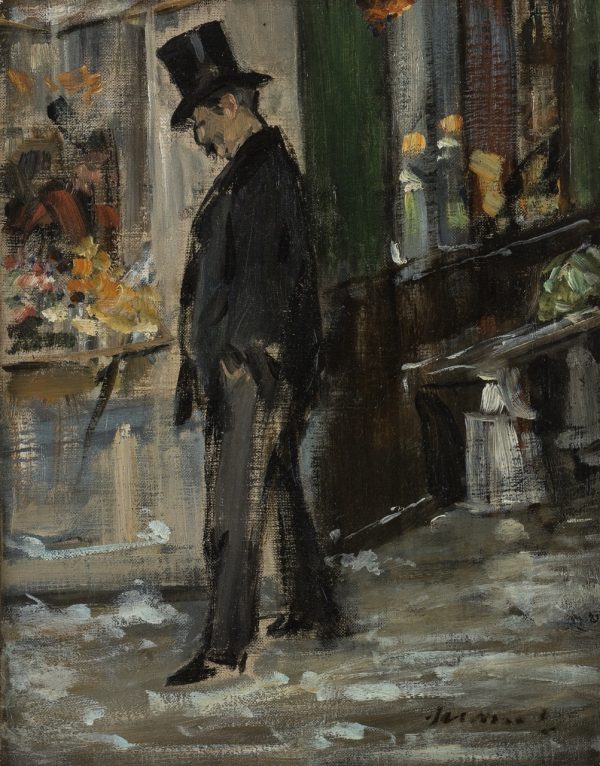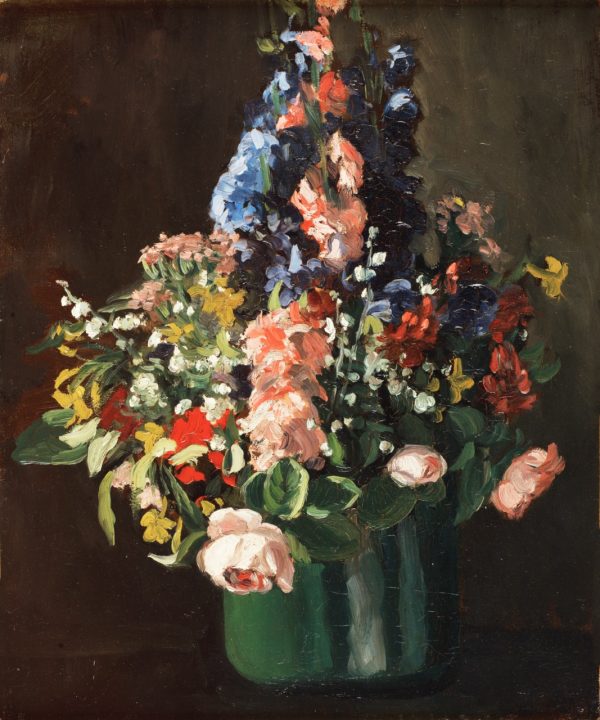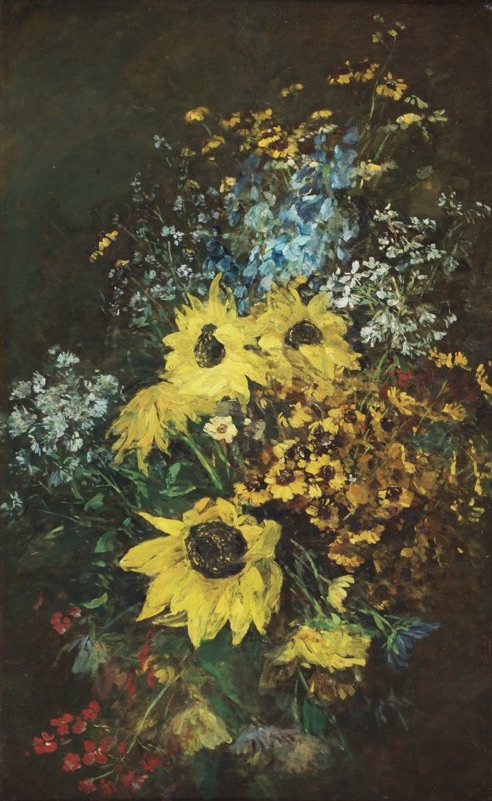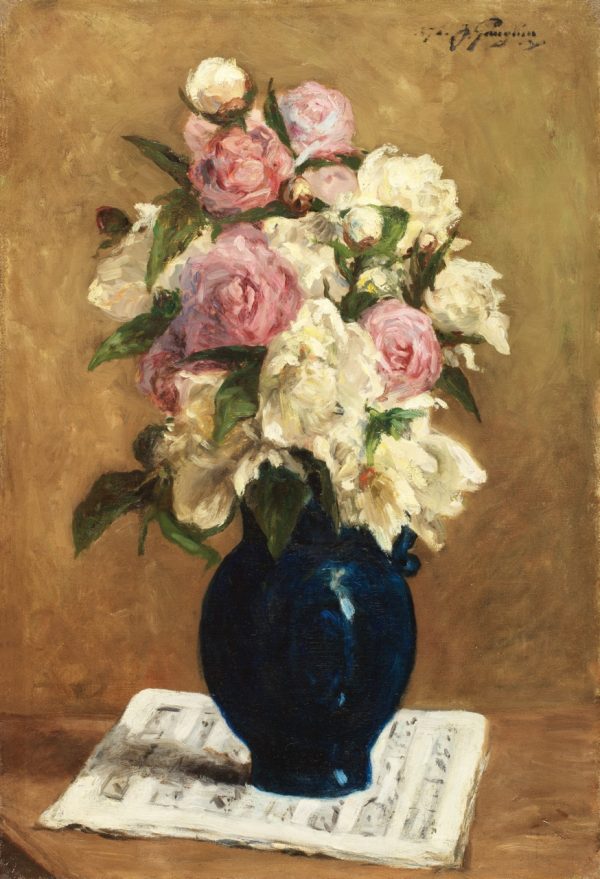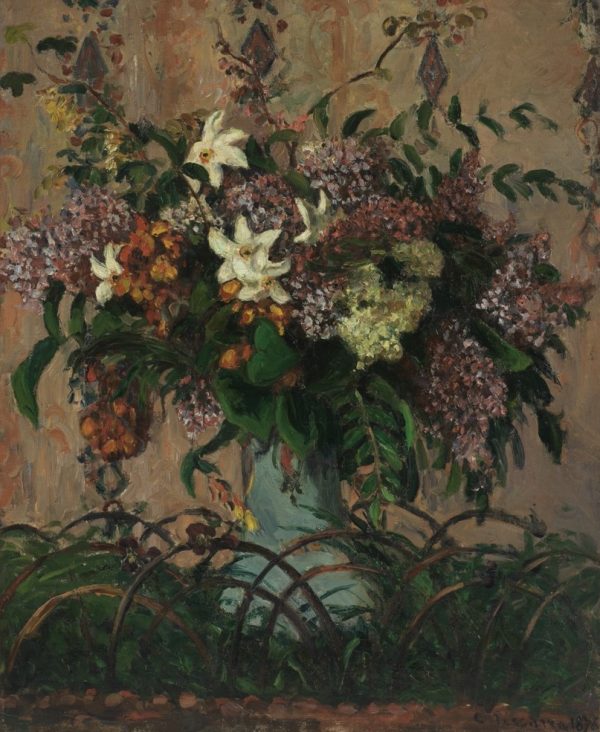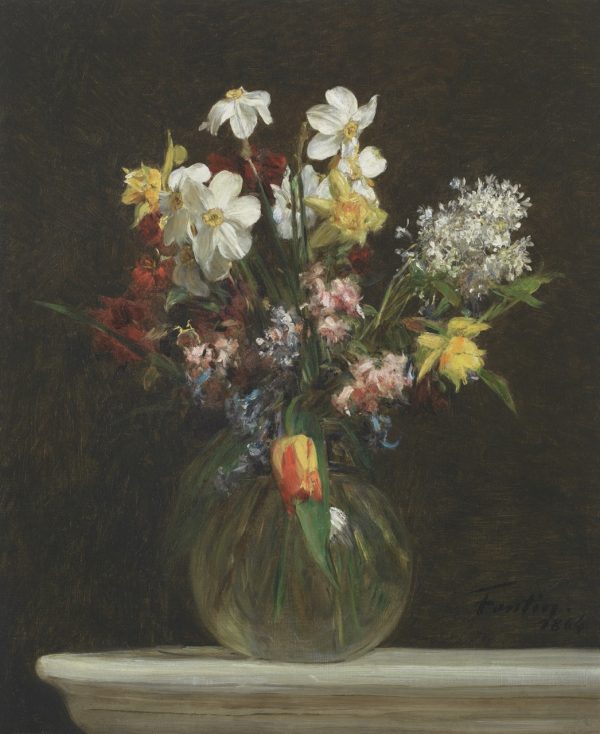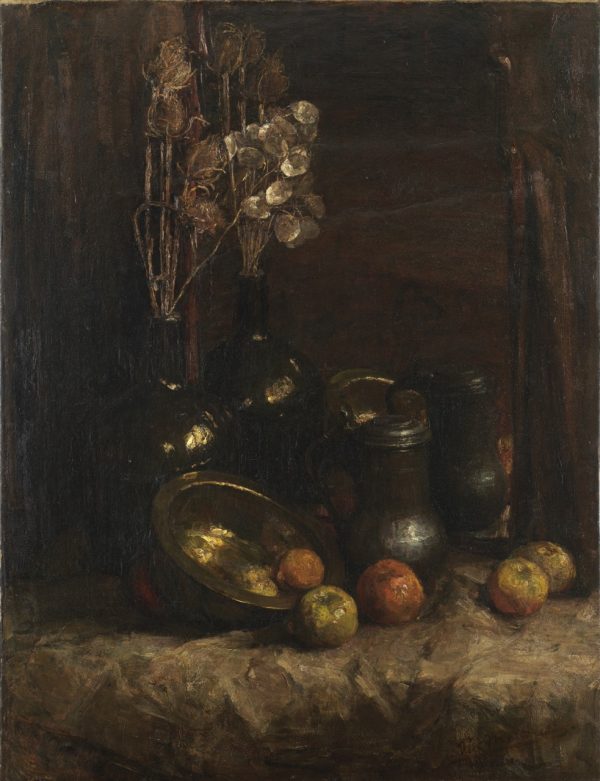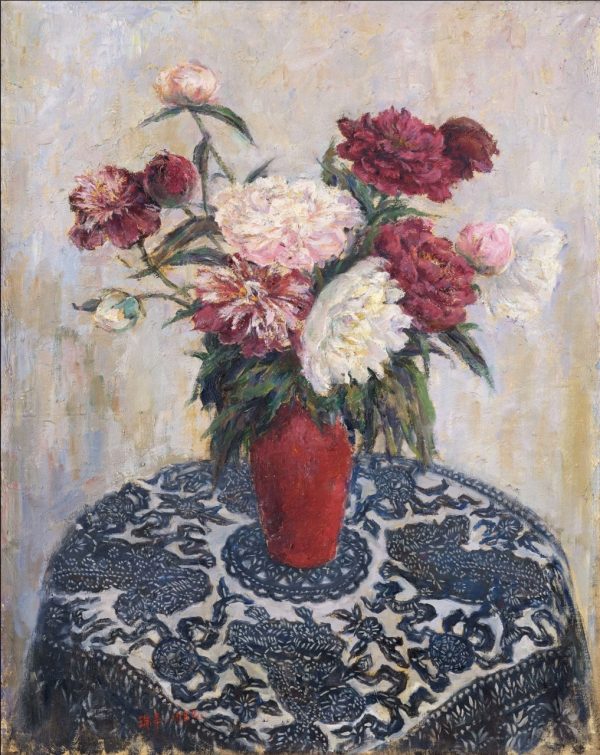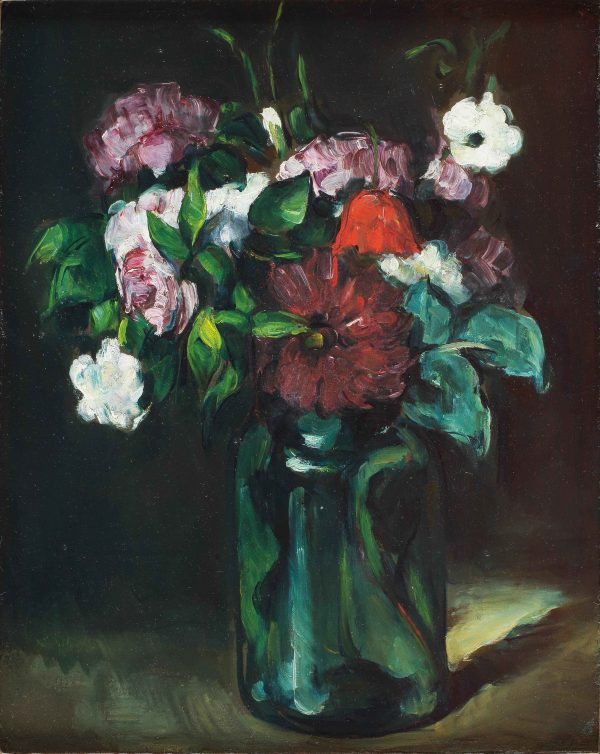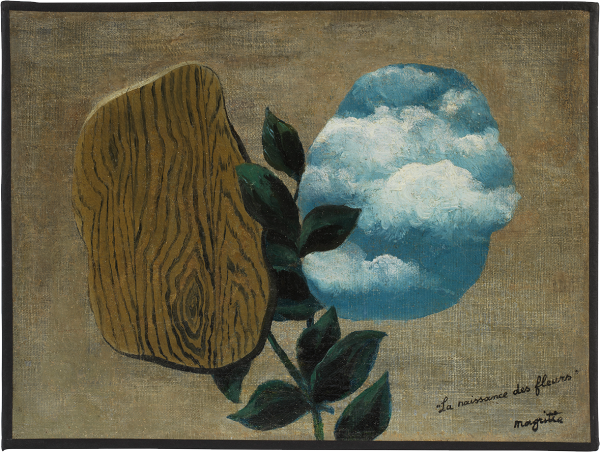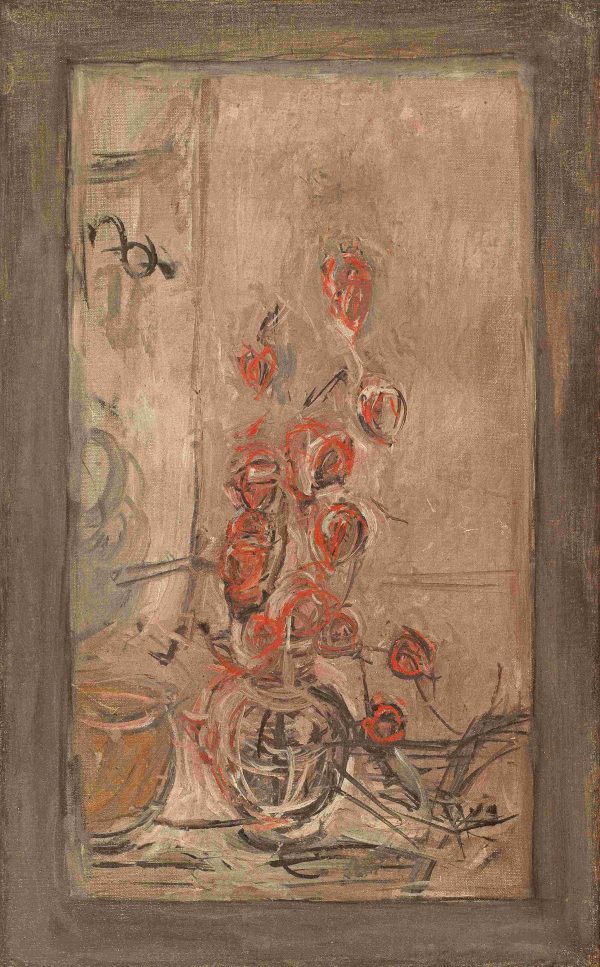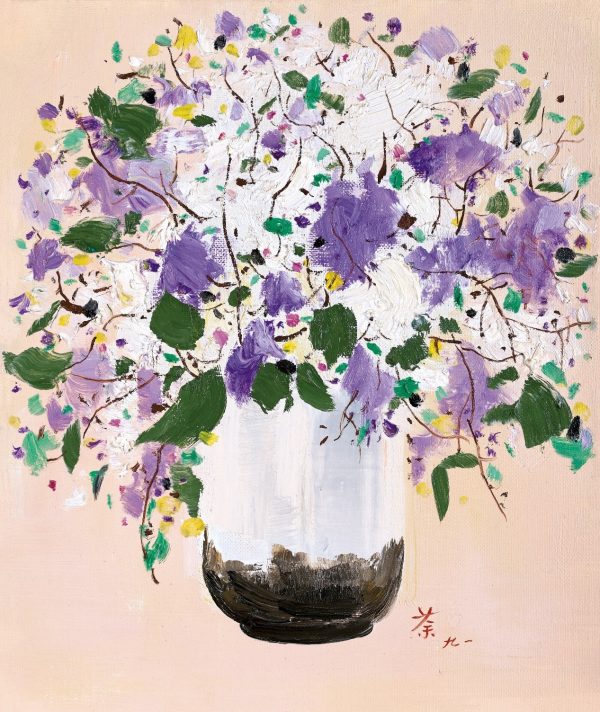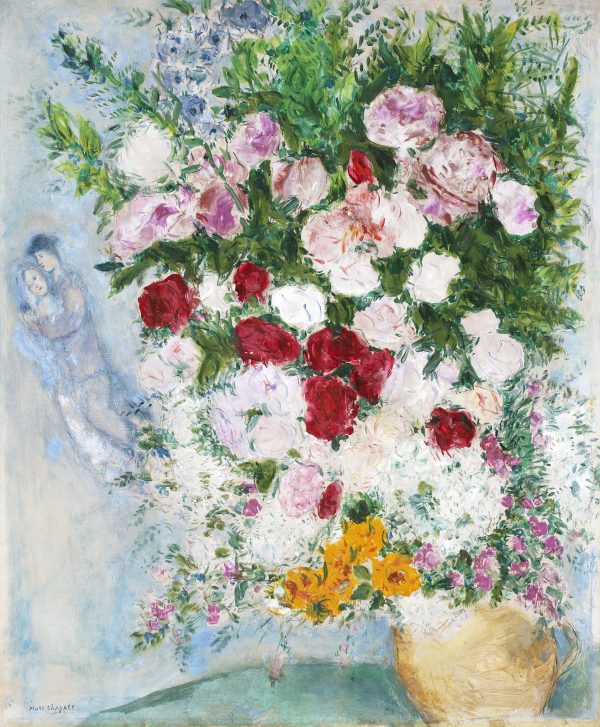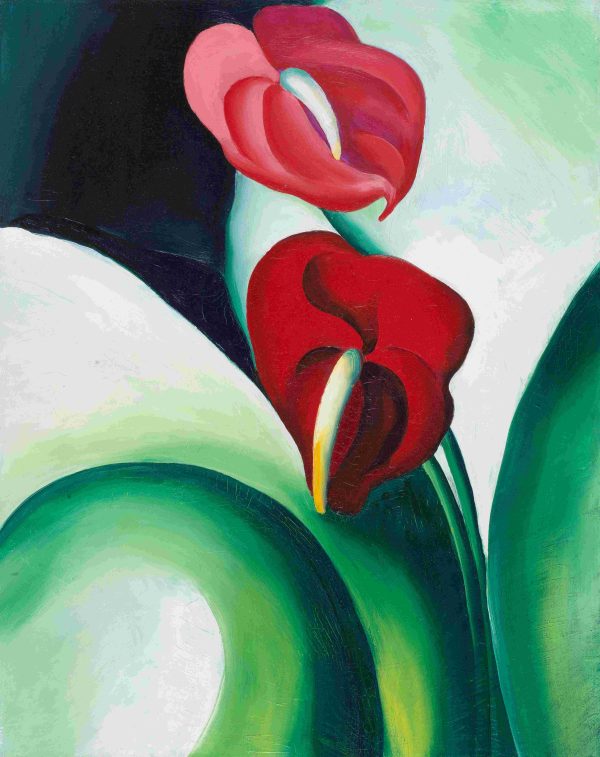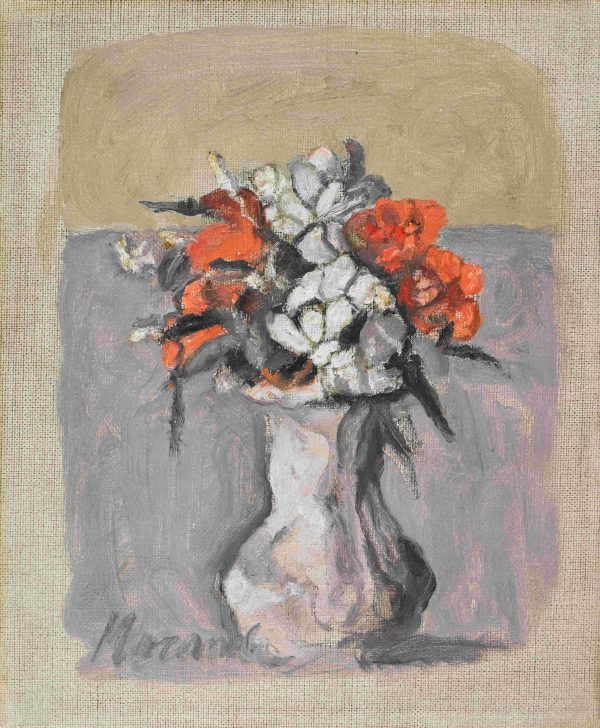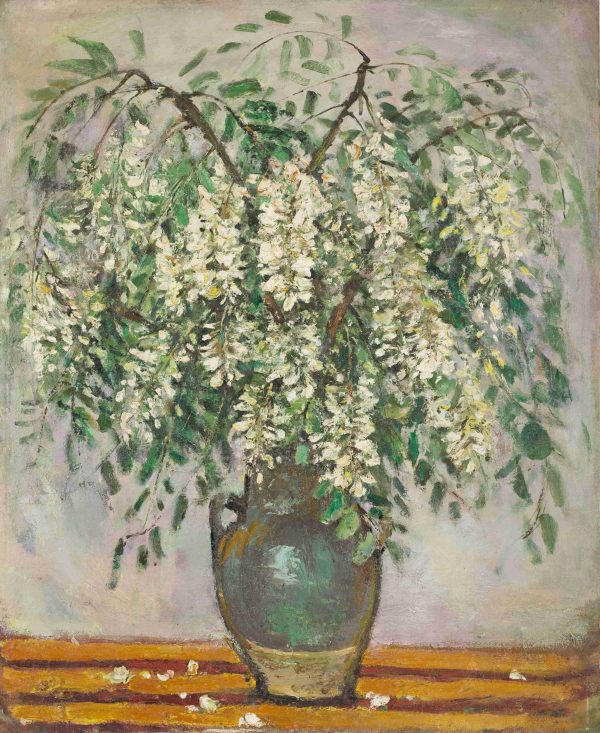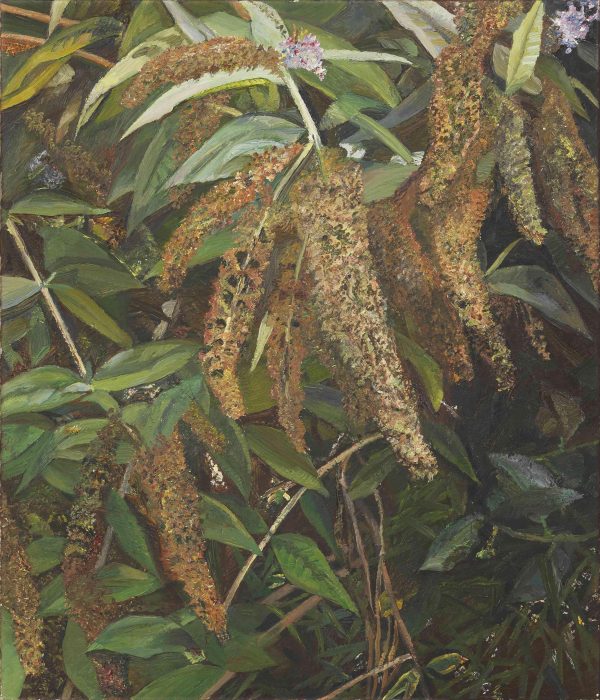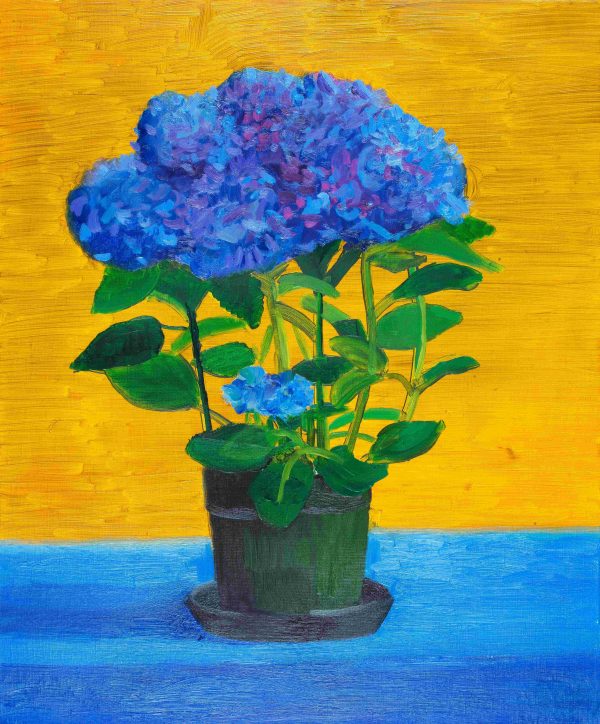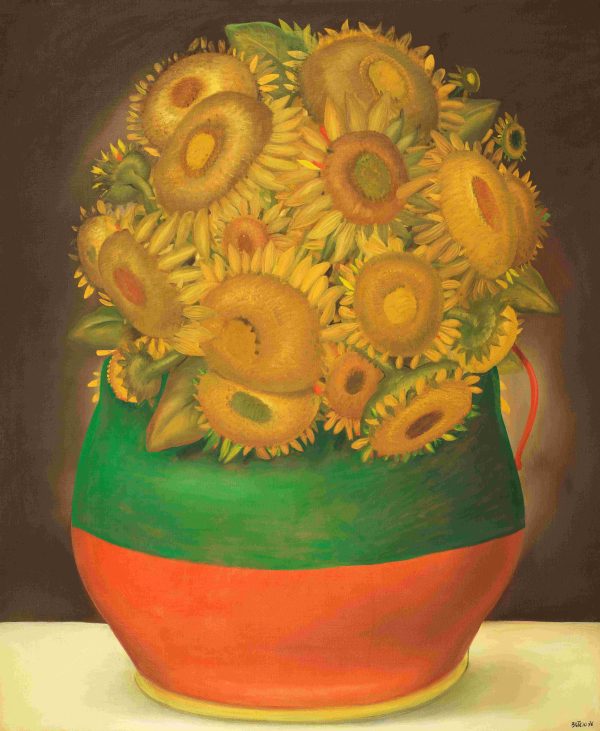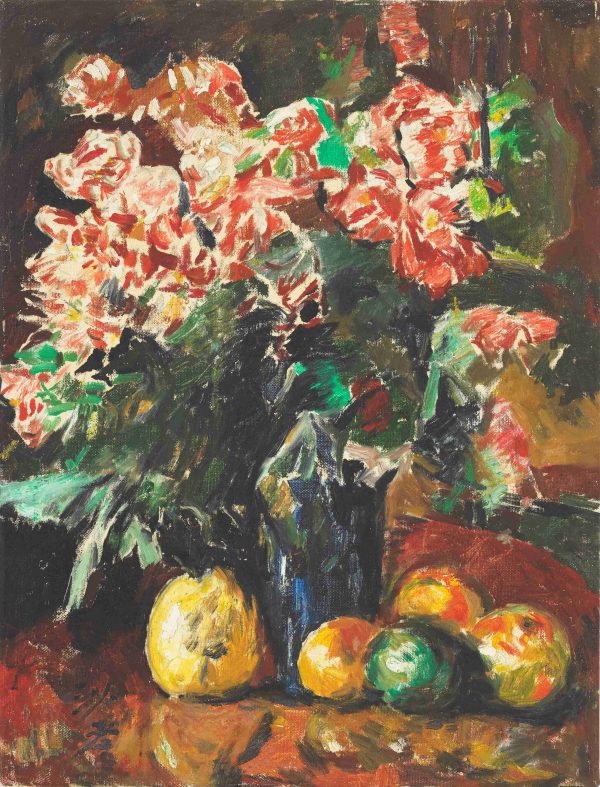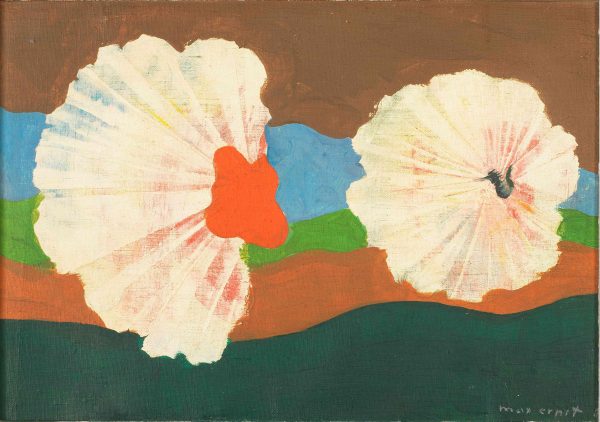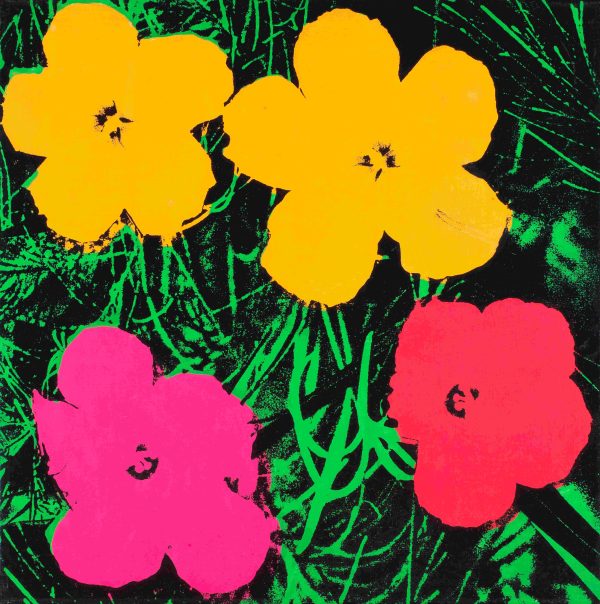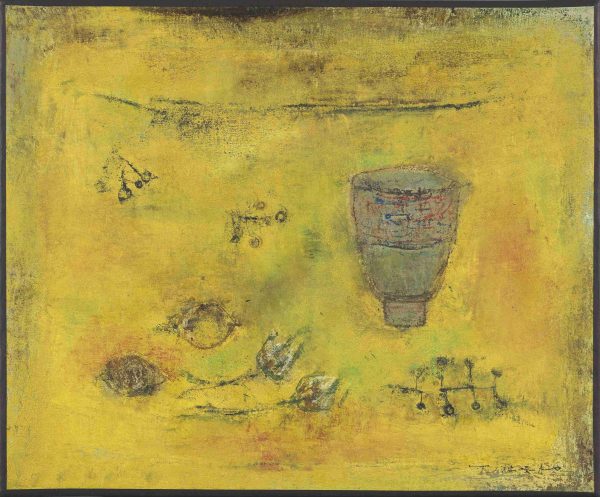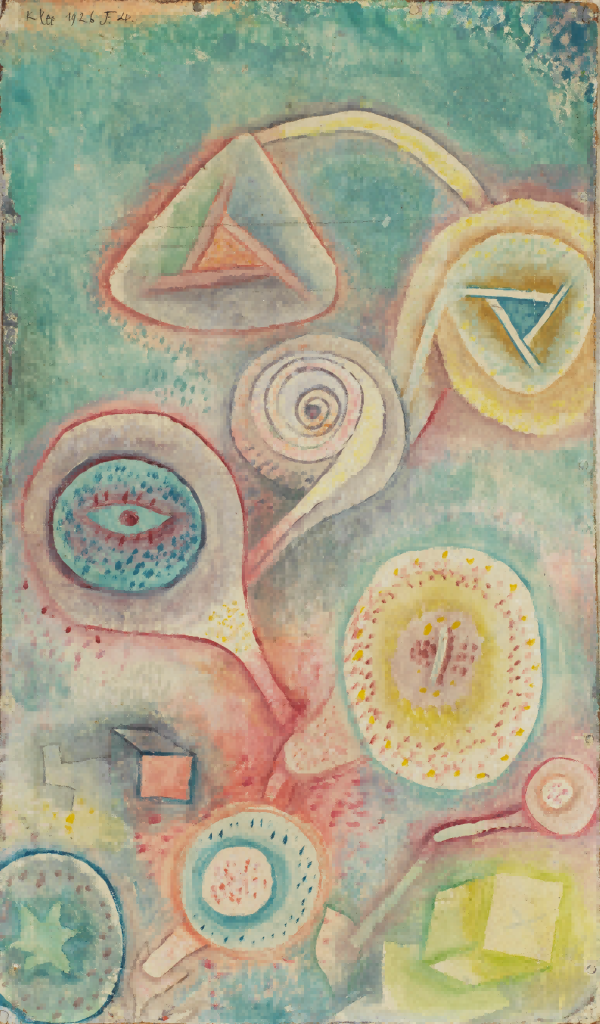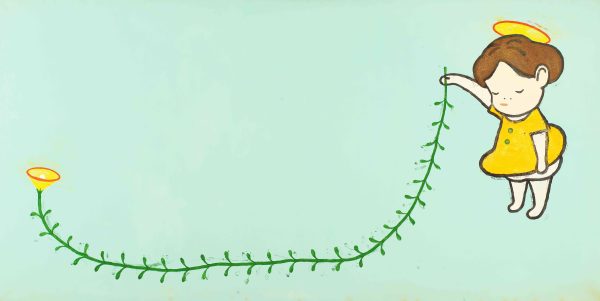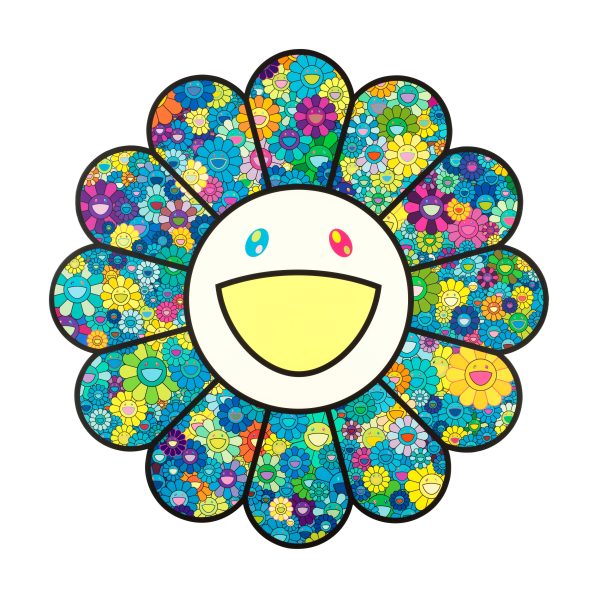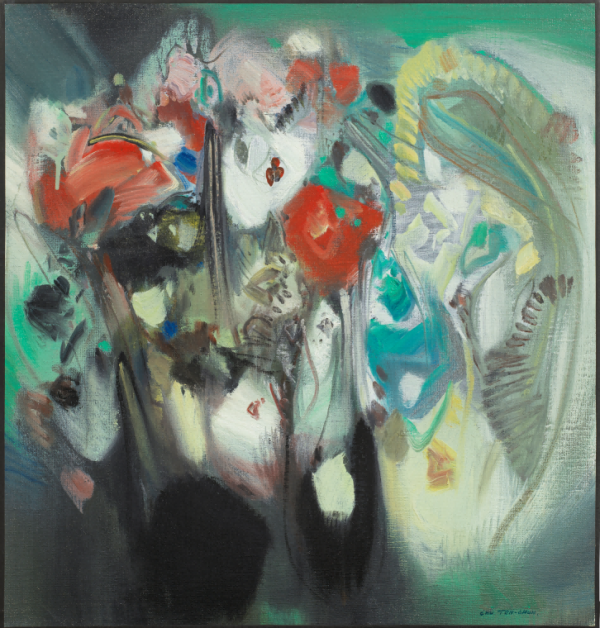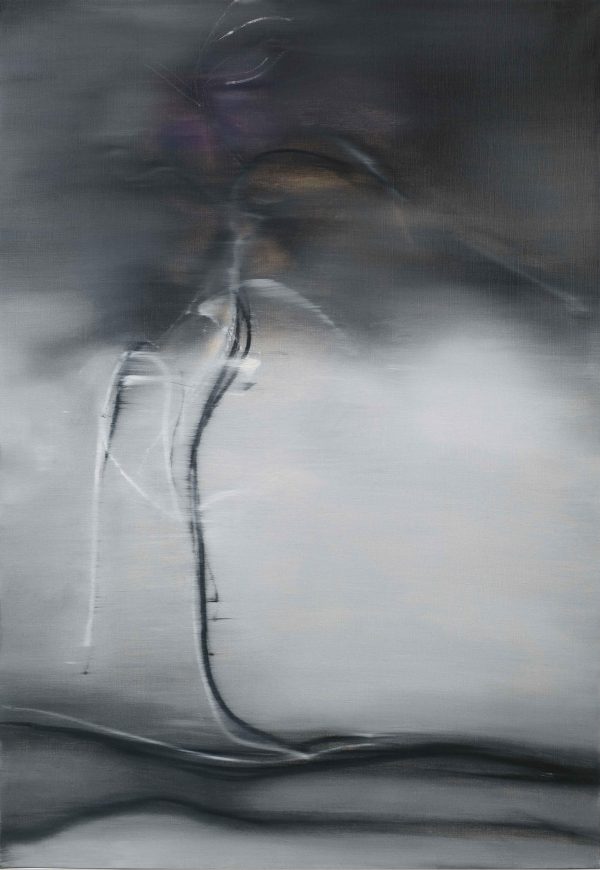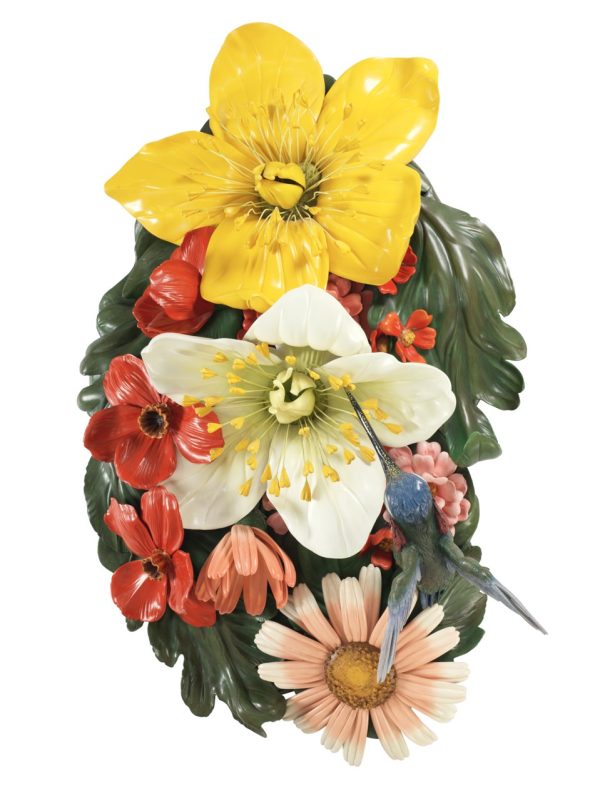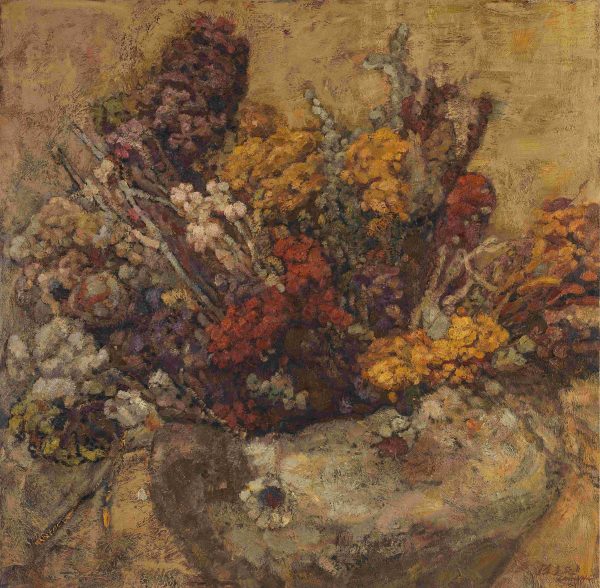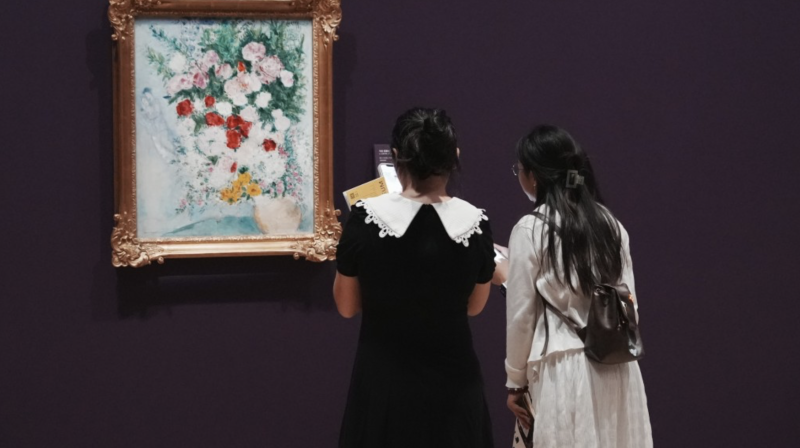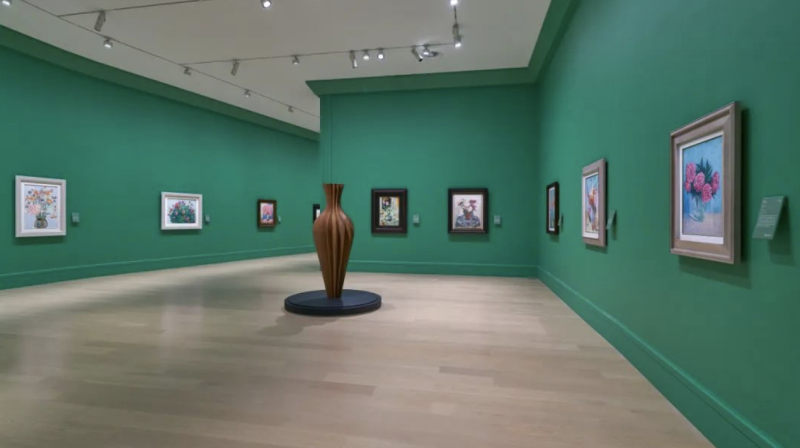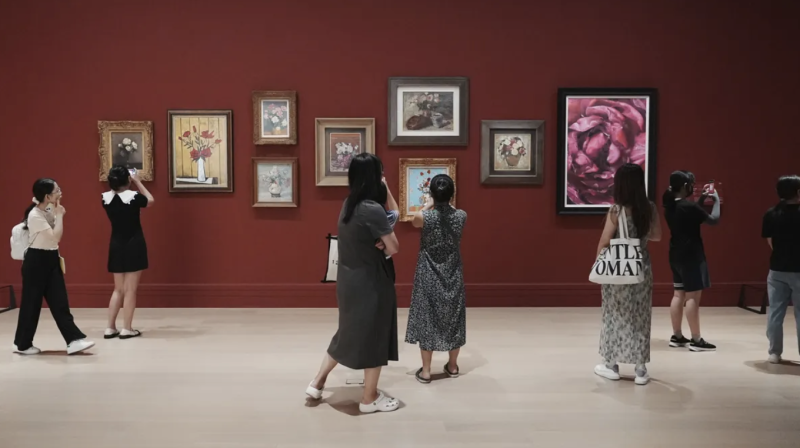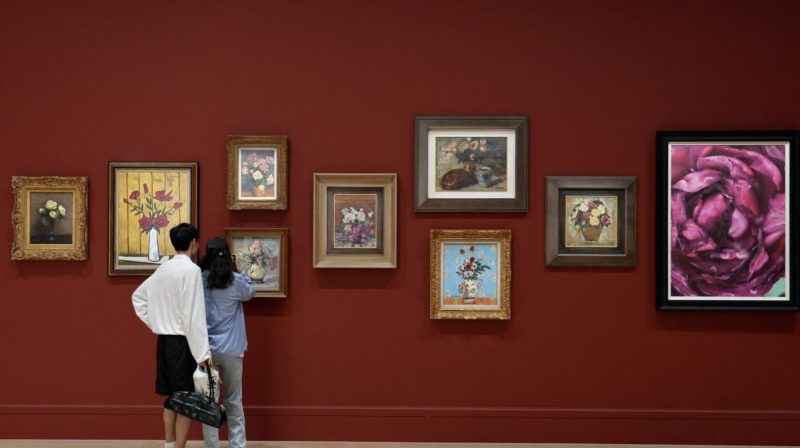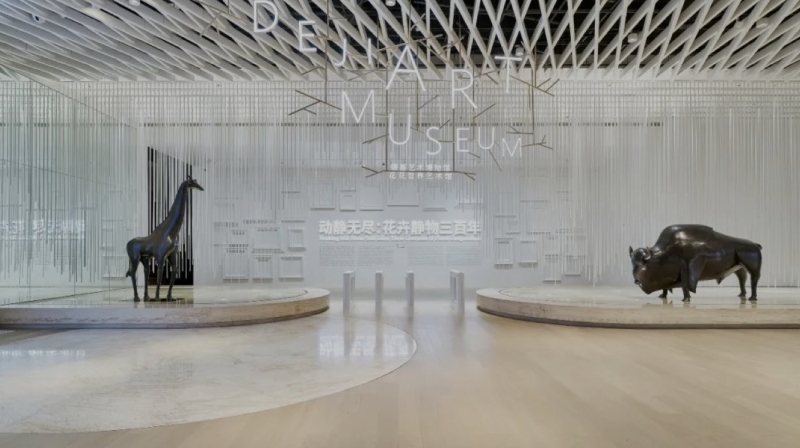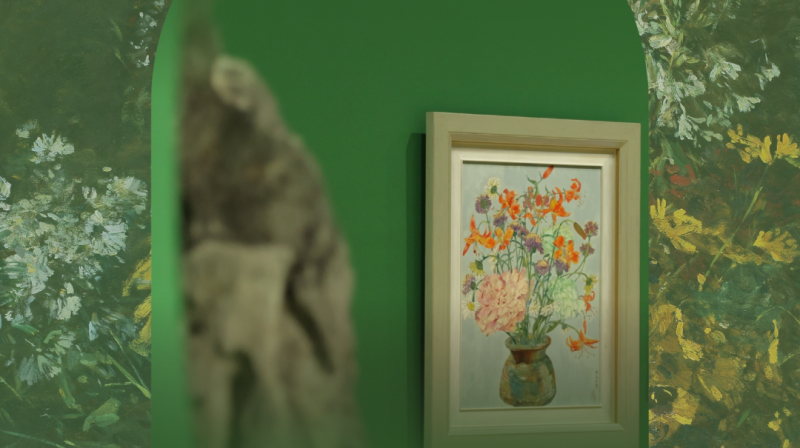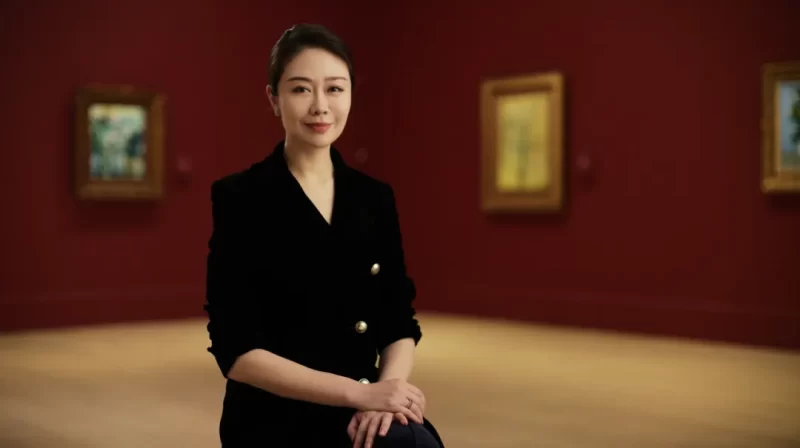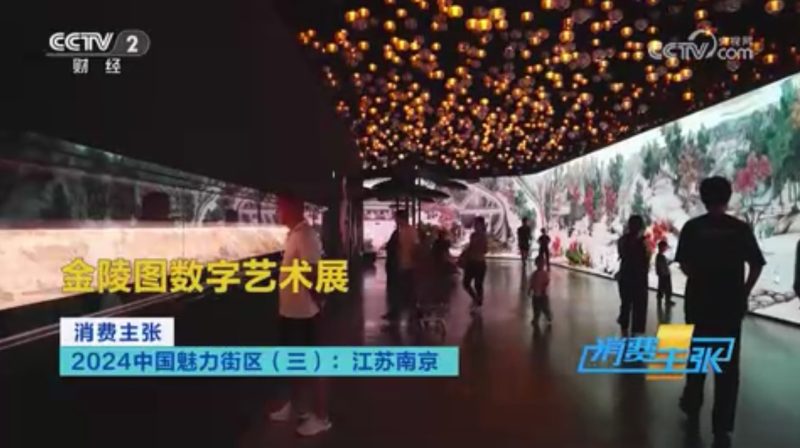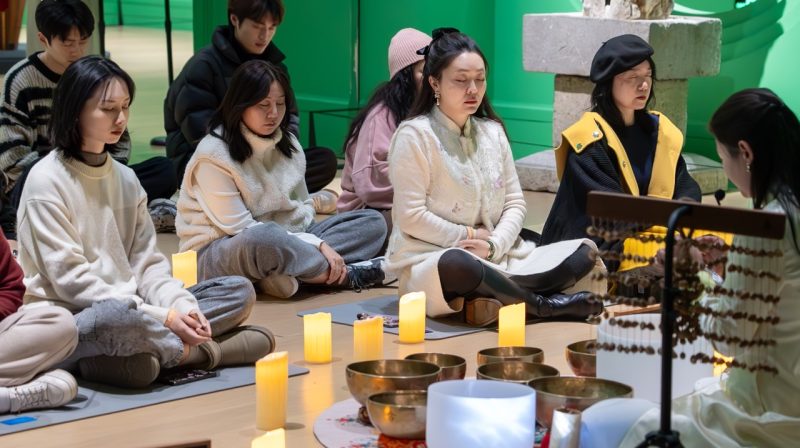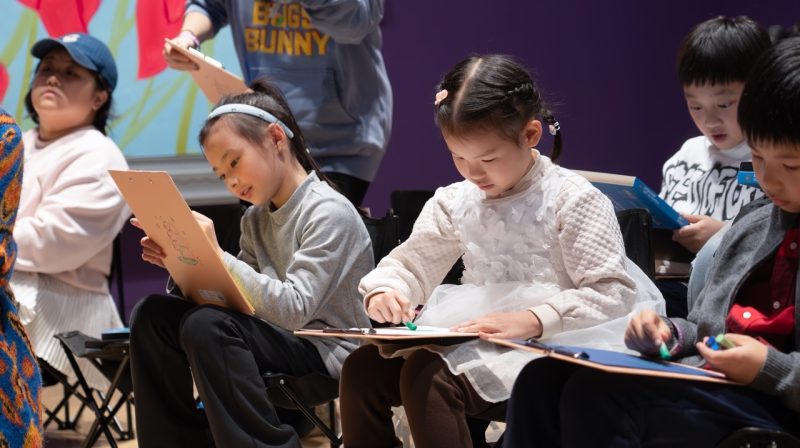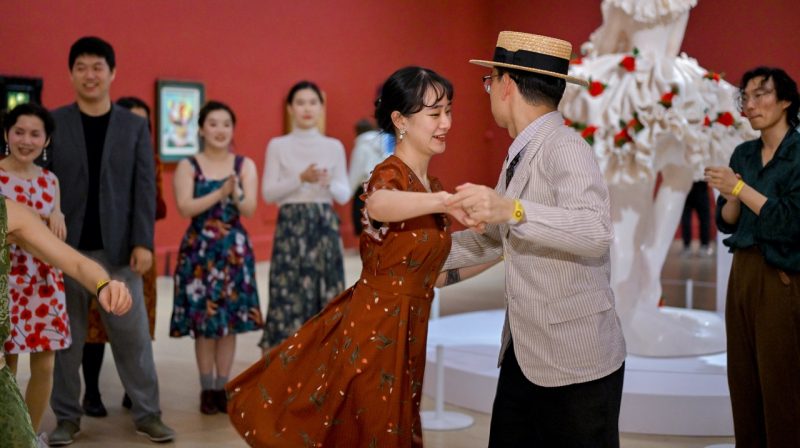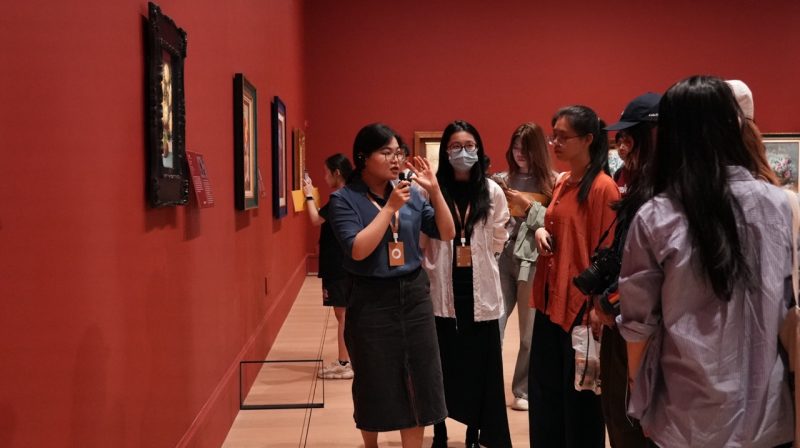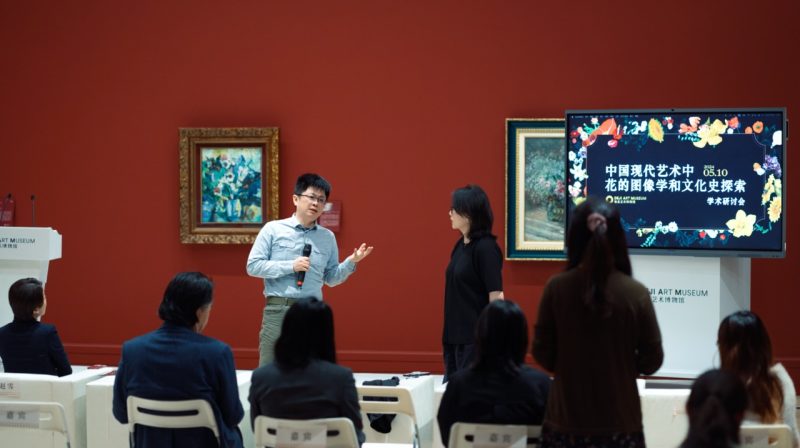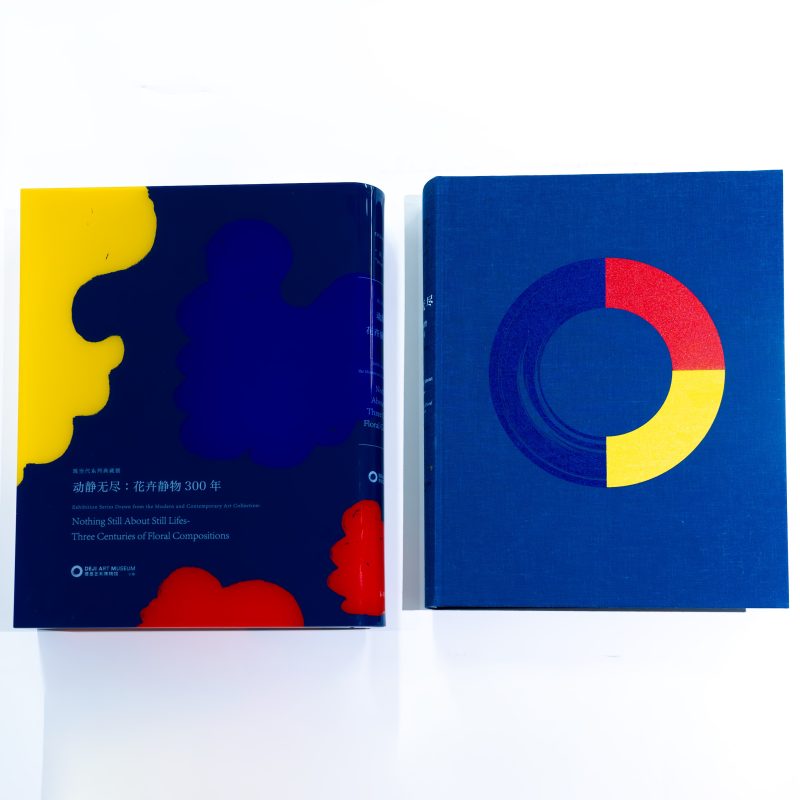Exhibition information
The Deji Art Museum is pleased to refresh the modern and contemporary art collection exhibition series, World of Flowers, with Nothing Still About Still Lifes: Three Centuries of Floral Compositions. The momentous return of this internationally acclaimed feast of masterworks marks the culmination of the museum’s collecting and research of floral still lifes, and the collection will be presented in new forms inside and outside the museum space. Based on curator Dr. Joachim Pissarro’s core idea of the age-old dialogue between “movement” and “stillness,” the exhibition further explores the hidden details of three centuries of art history by adding and adjusting artworks and expanding gallery narratives. Along with this new opening of the exhibition, the museum will launch a series of publications, interdisciplinary academic forums, and a public education program to enhance and concretize the contents of the exhibition, providing audiences with more diverse options to engage with art.
The “World of Flowers” collection of modern and contemporary artworks from the Deji Art Museum has been established over ten years of systematic acquisition, with modern and contemporary Chinese and international floral still life works forming the main body of the collection. “Nothing Still About Still Lifes: Three Centuries of Floral Compositions” is the first exhibition curated from the “World of Flowers” by Dr. Joachim Pissarro, Professor Emeritus at Hunter College of the City University of New York and former curator at The Museum of Modern Art (MoMA), New York. Exhibited artists include Claude Monet, Camille Pissarro, Paul Cézanne, Paul Gauguin, Pablo Picasso, Piet Mondrian, Giorgio Morandi, René Magritte, Georgia O’Keeffe and other milestone figures of Western art, members of the first and second generations of Chinese artists to study abroad such as Sanyu, Pan Yuliang, Wu Dayu, Wu Guanzhong, Zao Wou-Ki and Chu Teh-Chun, modern art pioneers from other Asian countries such as Lê Phổ, and finally major figures in contemporary art such as Andy Warhol, Yayoi Kusama, David Hockney, Jeff Koons, Yoshitomo Nara, Takashi Murakami and Damien Hirst.
While keeping the original narrative framework this time, the Deji Art Museum has made additions and adjustments to the exhibits, including representative works of great modern masters such as Édouard Manet, Henri Matisse, and Tamara de Lempicka. There will also be new surprises by previously shown artists, such as Giorgio Morandi, Wu Dayu, and Zao Wou-ki. These additions further enrich the overall thesis on “modernity” in the exhibition, presenting viewers with more diverse perspectives. In the contemporary art section, new works by Jeff Koons and Tom Wesselmann have been added to the exhibition. These new contemporary works cover a wide range of media, including sculpture and easel paintings, and broaden the space of imagination on botanical and ecological themes. In addition, the remarkable section on early overseas Chinese artists features classic works by Yan Wenliang, Qiu Ti and other first-generation artists who went abroad. These rare works detail episodes of exchange and development in the history of China’s modern art and supplement the exhibition with texts and documents. The exhibition will further explore the pioneering and outstanding contributions of these overseas Chinese artists and excavate and reveal the parallel artistic landscapes of China and the world in the 20th century.
This exhibition is the first dedicated to an in-depth reassessment of floral still life genre that is examined here as being anything but still. Although the floral subjects captured in these works may, at first glance, seem still or static, flowers are constantly in motion while moving at a pace that is imperceptible to the human eye. Inspired by a reflection upon the growth, reproduction, hybridization and circulation of flowers as “movement,” the exhibition is divided into four chapters—“Cross-Pollination,” “Avant-Gardening,” “Meta-Flowers” and “Breakout Blooms”—each opening up all-new dimensions of the dialectical relationship between “stillness” and “movement” itself. Within the dimension of time and space, the global circulation of flower varieties over hundreds of years is accompanied by the cross-cultural exchange of art; in the dimension of species, changes in the relationship between human beings and flower cultivation go hand in hand with artistic creation; in the symbolic dimension, flowers in art have implied meanings and give spiritual sustenance that goes beyond surface representations of reality; finally, in the dimension of change, floral still life has always been a conduit for artists to test their skills and explore infinite possibilities for innovation.
The Deji Art Museum carries on the deeply-rooted tradition of Nanjing as a city where different civilizations exchange and interact with each other, and where different visions on nature and cosmology form and transform, placing importance on the dialogue consciousness within still life works connecting China, Asia and the rest of the world. This exhibition examines the complex relationship between floral still lifes, specific historical contexts and Zeitgeist within the past three hundred years of cultural dialogue between China and the world, revealing the important journey of flowers and floral-themed art as a means of exchange surpassing time, space and cultural boundaries between China and the West. The exhibition also explores the limitless vitality within artworks, bringing new light upon pressing issues facing humanity today such as global dynamics, the ecological crisis and the relationship between technology and civilization.
Foreword
In western art history, the genre of still life (usually treated through the medium of oil painting) has long been defined in relation to its stillness—featuring arrangements of inanimate (or still) subjects. As such, still life objects can include flowers, fruits, or small household props such as vases or shells, as well as various utensil knives, glass bowls. In contradiction, genre or interior scenes depict living creatures (people, animals) seen in their daily environment. For centuries, the genre of still life was categorized as the least prestigious subject for painters according to the time-honored hierarchy of genres, a central tenet of the French academic system. In fact, most young artists in Europe were encouraged to begin their artistic training by drawing inanimate objects before graduating to animate subjects—thus reaffirming the fact that the genre of still life stood at the lowest echelon of the complex pyramid of the arts, as it was the least technically challenging. Paradoxically, in the modern era, many of the world’s most renowned painters—from Claude Monet to Andy Warhol—reengaged with still lifes with a vengeance, and thus challenged the established ideas that still lifes are unimportant, easy to produce, and of little merit.
This unprecedented exhibition is dedicated to reconceptualize the genre of floral still lifes as anything but still. Although the floral themes captured in these paintings may, at first glance, appear still or static, flowers are, in effect, constantly in motion even though they move at a pace that is imperceptible to the human eye. Inspired by plants in motion, this exhibition brings together over 100 floral still lifes by prominent artists from Europe and Asia, including works by Claude Monet, Camille Pissarro, Paul Cézanne, Pablo Picasso, René Magritte, Georgia O’Keeffe, Pan Yuliang, Zao Wou-Ki, Sanyu, Andy Warhol, Kees van Dongen, and Yayoi Kusama, among others. By tracing the movement of artistic styles alongside the movement and travel of flowers, this exhibition will hone in on plant species and artistic influences that overlap within these works.
Focusing on the progression of global modern and contemporary art from the second half of the 19th century to today, this exhibition shows over 100 works with floral compositions by nearly 100 Chinese and Western masters starting with Impressionism. This exhibition challenges traditional views on floral still lifes as it introduces a fresh transcultural and transdisciplinary perspective. Drawing upon nearly 300 years of Chinese and Western history, the exhibition aims to contextualize changes in artistic styles within the little known narratives demonstrating the circulation of flower species through global trade. Thus, this exhibition anchors the artistic production of still lifes within the larger contexts of political, economic, scientific, technological and cultural developments that have nurtured the rich dialogues between China and the Western world throughout the centuries.
In painting, artists have long been drawn to flowers in still life. In fact, the genre has long been considered by artists as a particularly apt one to hone their skills and even experiment, given that flowers, unlike humans, never tire of sitting for their portraits and provide unparalleled possibilities for the formal exploration of different styles, colors, and compositions, making it to this day a preferred subject. For this reason, the genre has long been associated with some of the most experimental and avant-garde innovations in their oeuvres. From its definition, the genre of still life has been regarded traditionally as one that features motionless objects. Through assembling a unique ensemble of floral still lifes, the owner of this collection offers us an unprecedented opportunity to reimagine the genre and uncover the hidden life of the still life.
Curator
Joachim Pissarro
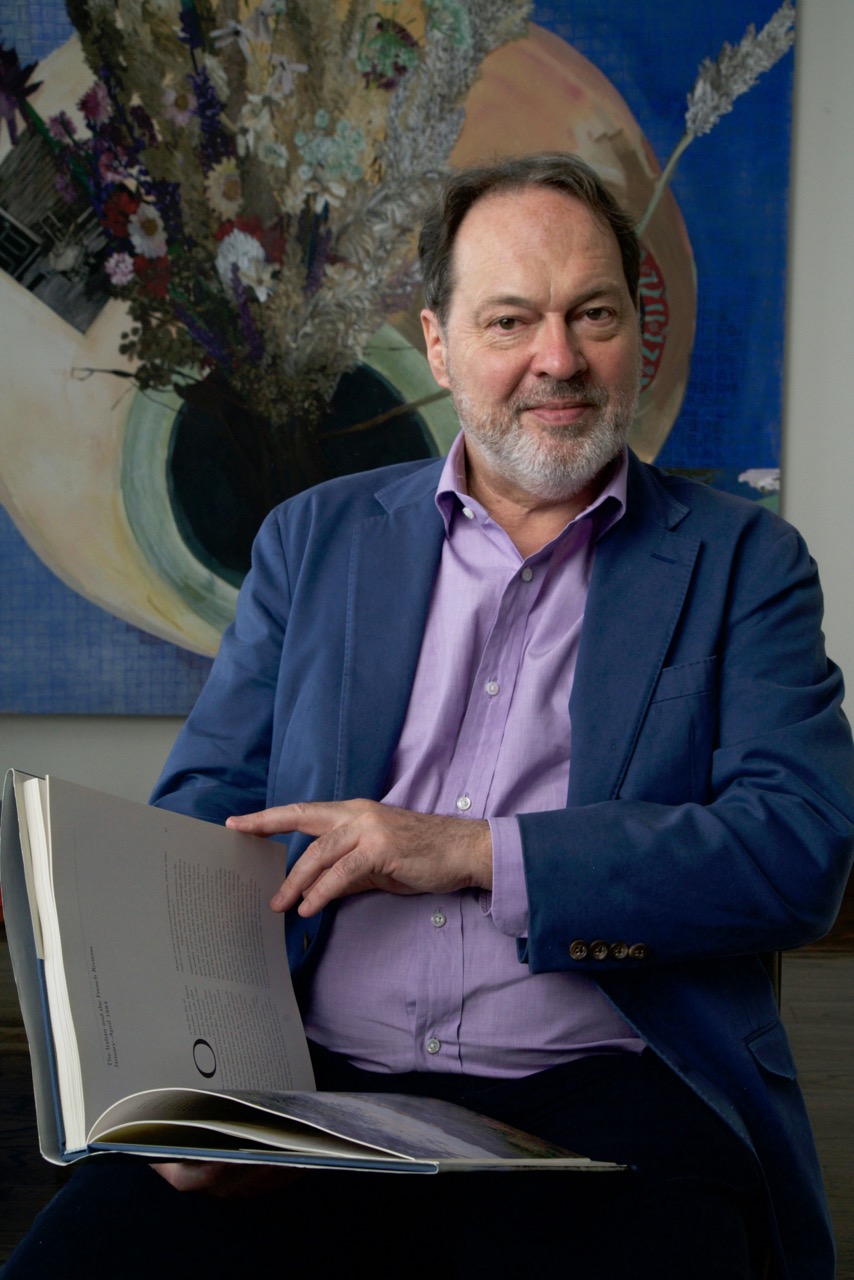
Joachim Pissarro (b. 1959) is an art historian, theoretician, and curator.
He has taught at Yale University, Osaka University, Sydney University, before becoming the Bershad Professor of Art History at Hunter College of the City University of New York. He has held curatorial positions at the Kimbell Art Museum, Fort Worth; the Yale University Art Gallery, New Haven; and The Museum of Modern Art, New York. In 2013 Pissarro joined Terry Riley and John Keenen to create the company PARALLEL which focuses on a symbiotic alliance of architectural and curatorial practices. His latest book Aesthetics of the Margins / The Margins of Aesthetics, Penn State University (with David Carrier), follows Wild Art, Phaidon, 2013. His more recent exhibitions include: Crystals in Art: Ancient to Today 2019, Camille Pissarro in 2017. He co-curated with Bernard Picasso Olga Picasso – an exhibition that traveled from the Musée Picasso in Paris to the Pushkin Museum in Moscow, and the Picasso Museum in Málaga. In September 2021, Pissarro curated the exhibition: Jeff Koons: SHINE for Palazzo Strozzi in Florence.


